Kanazawa
Kanazawa is the capital of Ishikawa prefecture and is easily accessible from Tokyo
It has one of the top 3 landscape gardens in Japan, and has been largely untouched by war and disasters
It’s known for its seafood, especially crab, as well as curry
It’s often compared to Kyoto. Kanazawa is located in Ishikawa prefecture, and is a city with lots of untouched history. It’s gotten popular amongst tourists recently, both domestic and foreign, and I finally made a trip there.
How to get there
I flew from Tokyo’s Haneda Airport, which is about a 1-hour flight. From the local Komatsu Airport, there’s a bus that goes into the city. On the return, we caught the Hokuriku Shinkansen, which is a bullet train ride of about 2.5 hours to Tokyo Station.
About Kanazawa
Kanazawa has a lot of history, and has largely been untouched as it was spared from war bombings and catastrophic natural disasters. It was also one of the wealthier regions in Japan during the Edo Period, so there’s definitely a lot to see.
It’s also known for good food. The city borders the Sea of Japan, so seafoods like crab are quite famous here.
The Hokuriku Shinkansen bullet train was opened in 2015, and the increased access to the city from major hubs like Tokyo is helping it grow into one of the top travel destinations in Japan.
Where we stayed
Because most of the major attractions are to the southeast of Kanazawa Station, we decided to stay in that area. While there are some Japanese-style ryokans and more relaxing resorts, we chose a regular hotel due to our plans to be on the go for most of the time.
We stayed at Tokyu Stay, a hotel which opened in February 2020. It’s a typical hotel but with slight larger rooms, an up-to-date shower/bath unit, separate toilet, and an in-room washer/dryer unit.
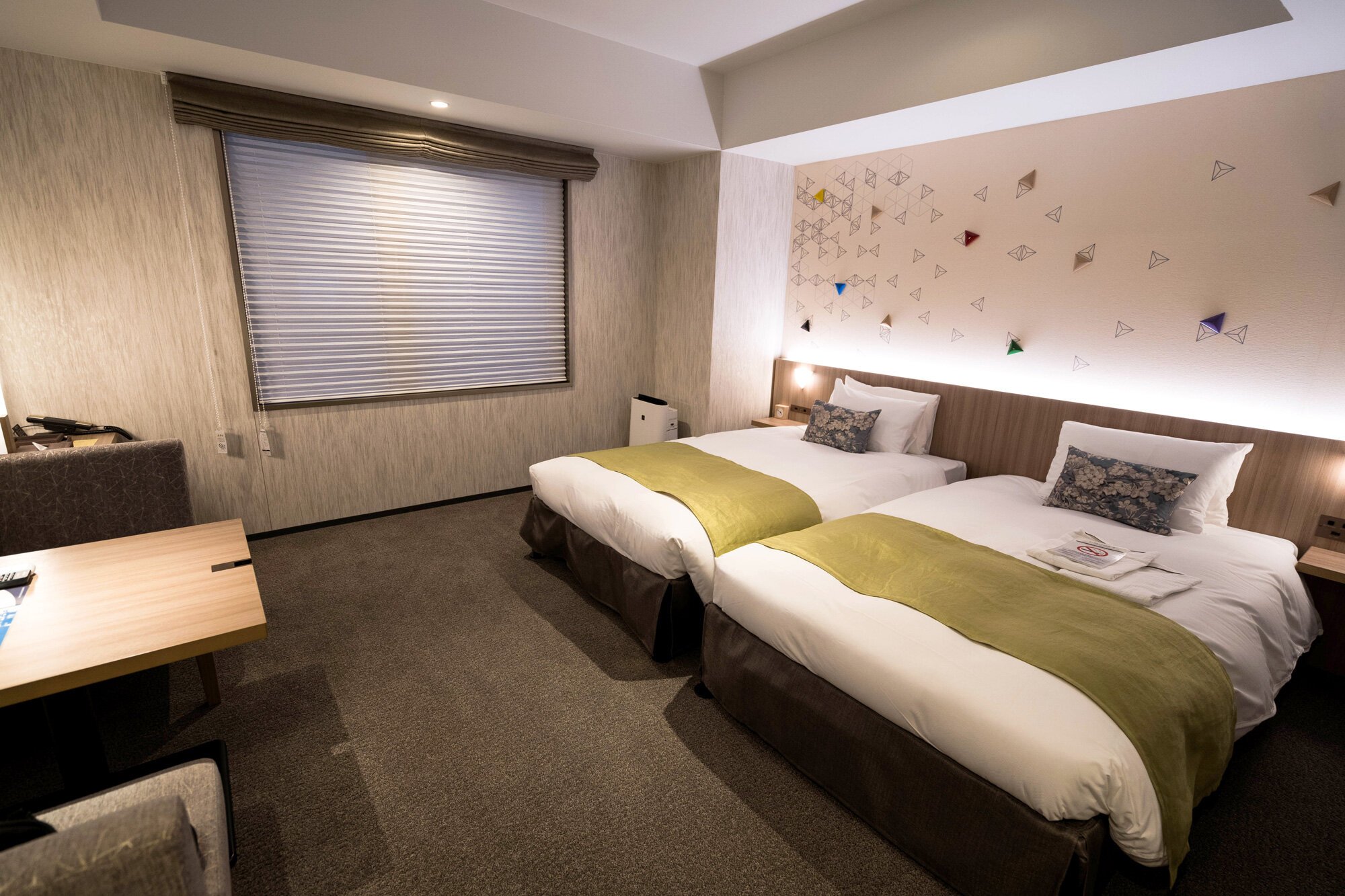
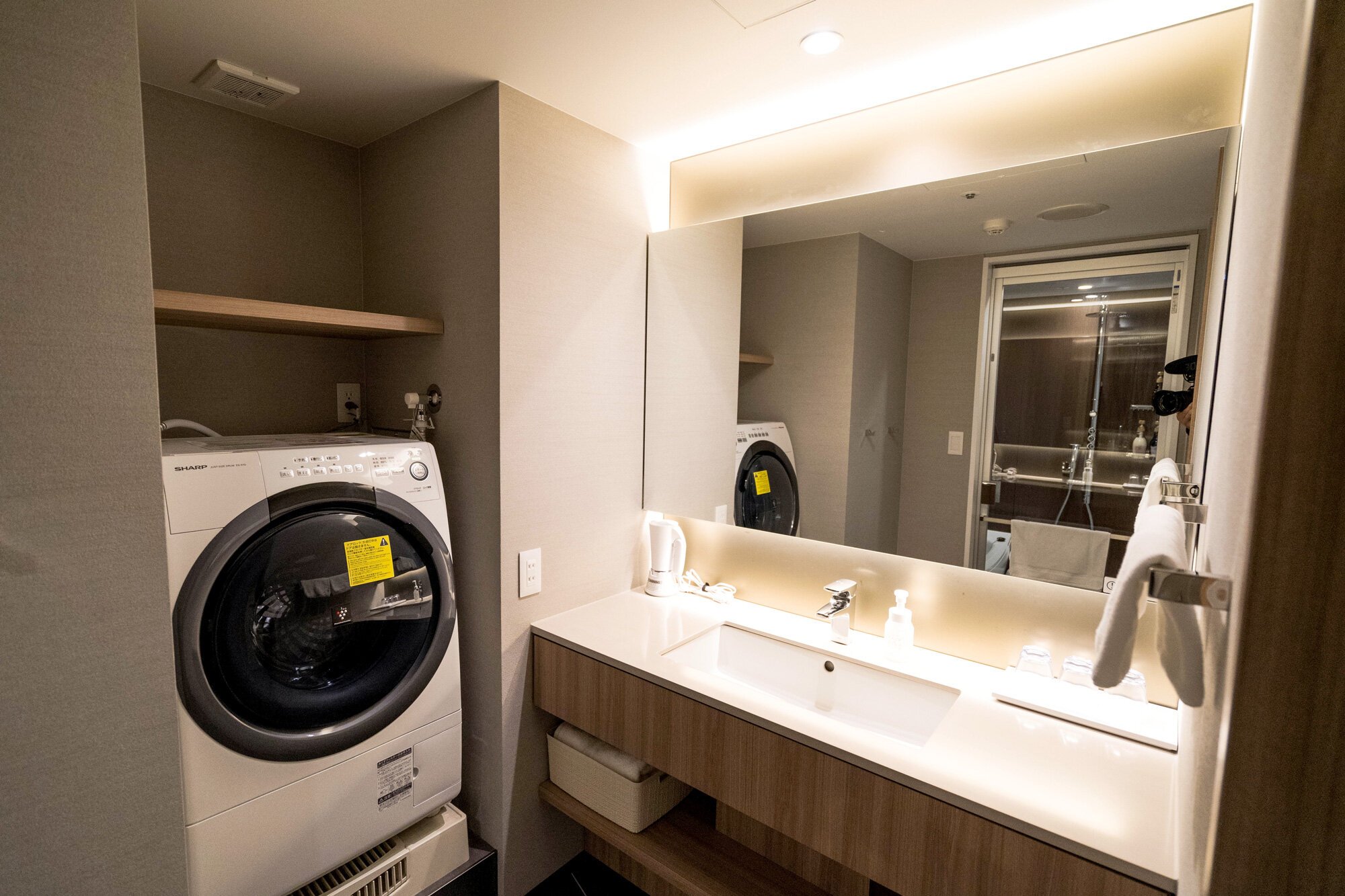
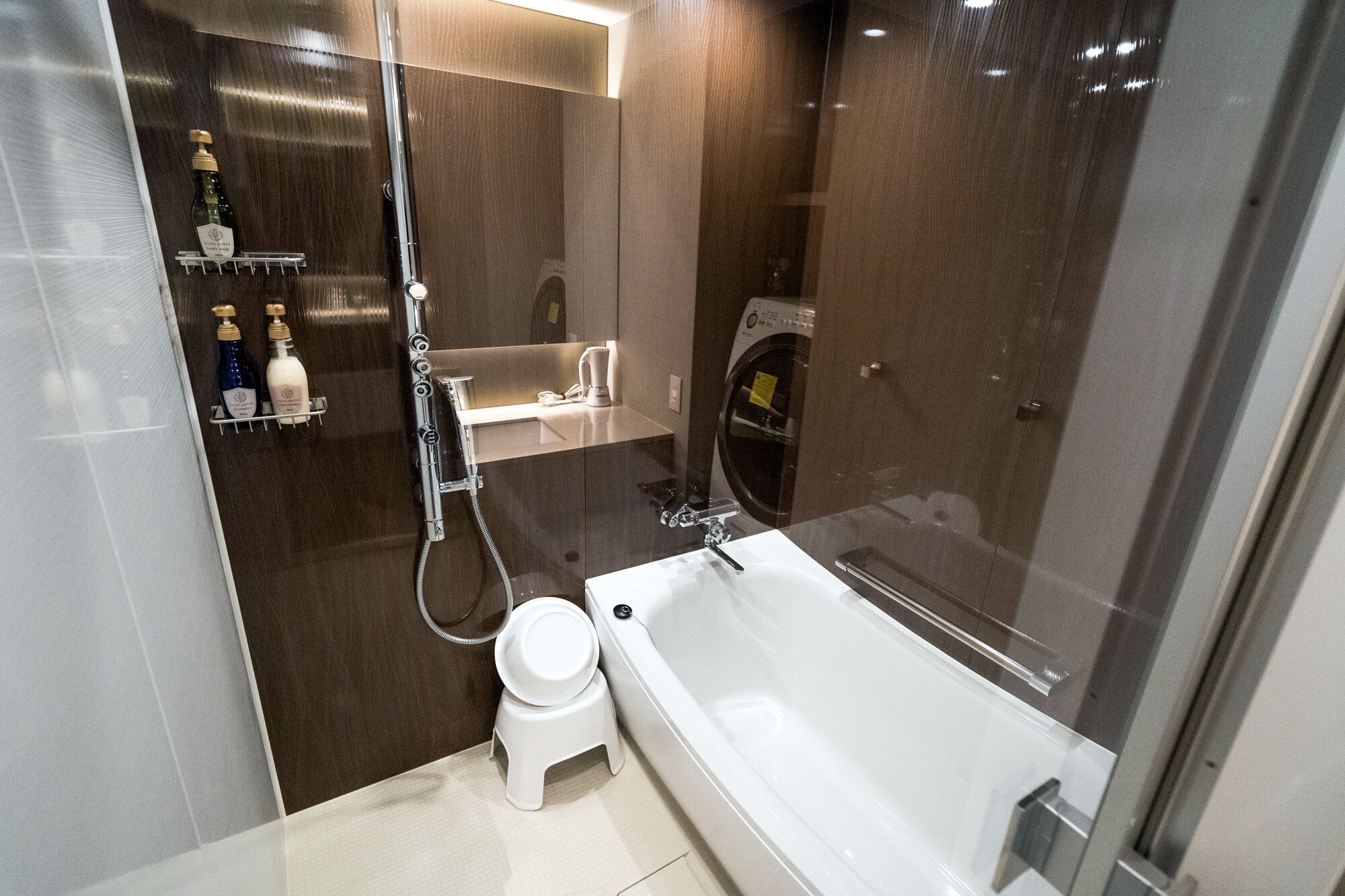
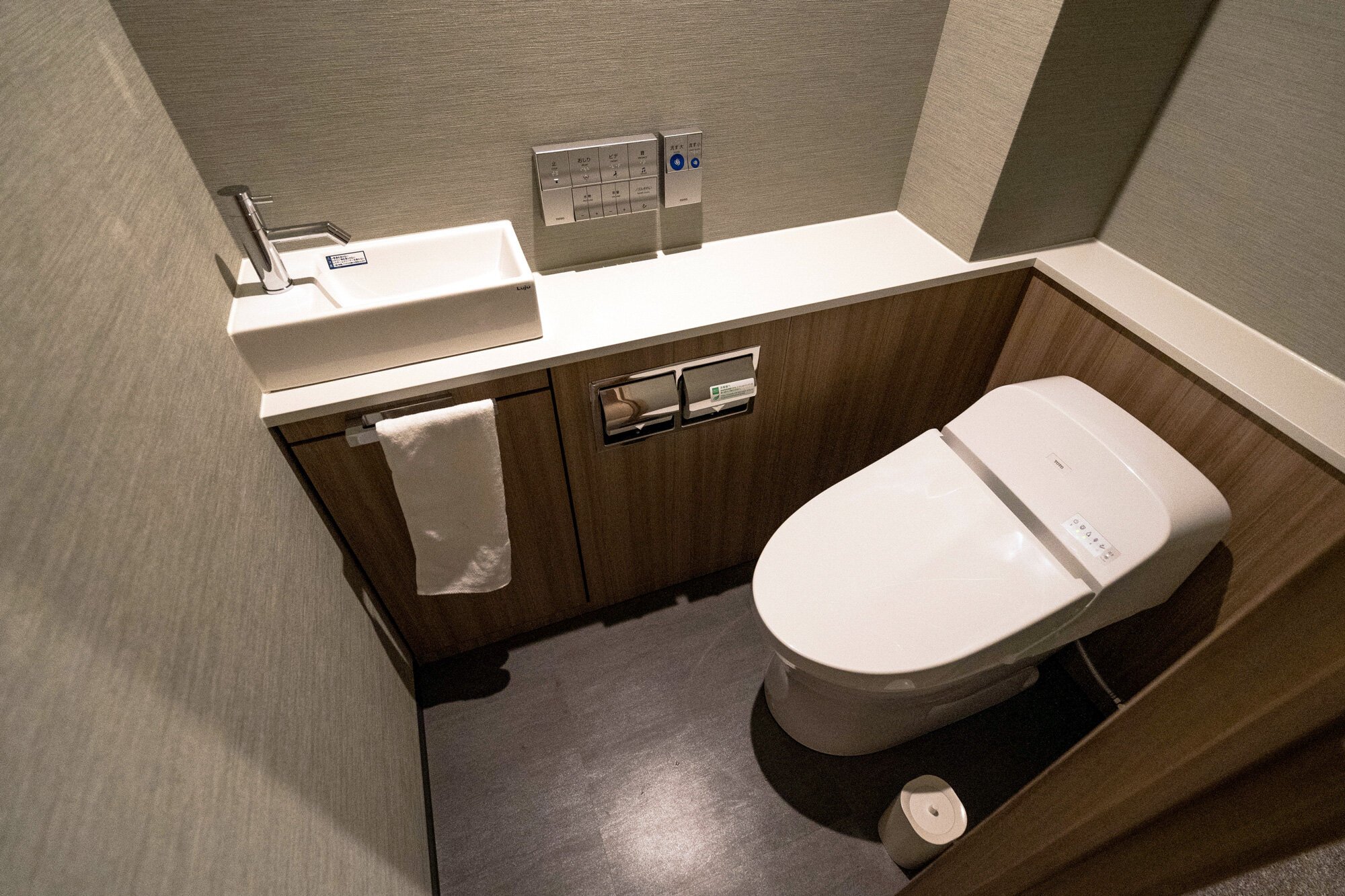
There’s a bus stop a short block away as well as a convenience store, and is convenient to get to a lot of the main sights in the city.
What we did
There were two priorities: See the sights that make Kanazawa famous and eat some good food. I’ll put the food at the end, but first, here are the sights we visited.
Omicho Market
Omicho Market is the city’s central seafood market and it dates back to the Edo Period.
The market is lined with vendors selling fresh seafood, from crab - what Kanazawa is known for - to oysters, uni, dried fish used to make dashi, and various fish and shellfish. There are also more restuarant-oriented shops that will serve the fresh fish prepared as sushi or kaisendon bowls, and they seemed to be quite popular.
We stopped at a vendor for a quick stand-up, eat-and-go, and got oysters, shrimp and uni. The first two were good but the uni was on ice, so it wasn’t served at the right temperature.
Kazuemachi Chayagai
Stumbling on Kazuemachi Chayagai was a coincidence while en route to our destination. It’s a few small alleys of old, restored teahouses that date back to the 1800s. It borders the Asano River and is vaguely resembles the Pontocho area alongside Kamo River in Kyoto, but on a smaller scale.
Higashichaya
One of the top destinations to visit in Kanazawa. Higashichaya is an old teahouse district. These districts were designated areas in the Edo Period for restaurants to have geisha to entertain.
Higashichaya is the largest of the three remaining districts in Kanazawa.
The area is very photogenic with its alleys, wooden facades, and the occasional visitors dressed in yukata or kimono. It does get pretty crowded though.
We stopped for some Japanese tea and snacks here - more on that below.
Kenroku-en
Ranked in the top 3 landscape gardens in Japan, Kenroku-en is easily the top destination in Kanazawa.
It was developed by the Maeda clan and was built between the 16 to 1800s. My mom had shown me photos of it when she visited, and it was at the top of our must-go list for this trip.
Its name refers to the 6 points of garden beauty that comes from Chinese landscape theory - extensiveness, quiet seclusion, artificial construction, antique elegance, abundant water and wide views.
It definitely succeeds with each of the criteria as it’s a beautiful garden.
Kanazawa Castle
Next to Kenroku-en is Kanazawa Castle. It’s still undergoing reconstruction, but it was nice and free to walk through.
Oyama Shrine
Also in the same area is Oyama Shrine, which is dedicated to the Maeda clan’s first lord, and was built by his successor.
It’s not big but it’s pretty unique, the main gate in particular. It was designed by a Dutch architect and incorporates an odd mix of Asian and European styles. The garden area is pretty nice too.
Nagamachi Samurai District
A beautiful area right in the middle of a typical, modern-day neighborhood. Nagamachi Samurai District was a neighborhood for samurai and their families to live.
There are small museums and cafes in the area, but with its photogenic walkways and canals, we just preferred to enjoy the atmosphere of the area.
That pretty much summed up the trip - just take in the city. And of course, the food. Here’s some places that we went that I’d recommend.
What we ate
Kozakura
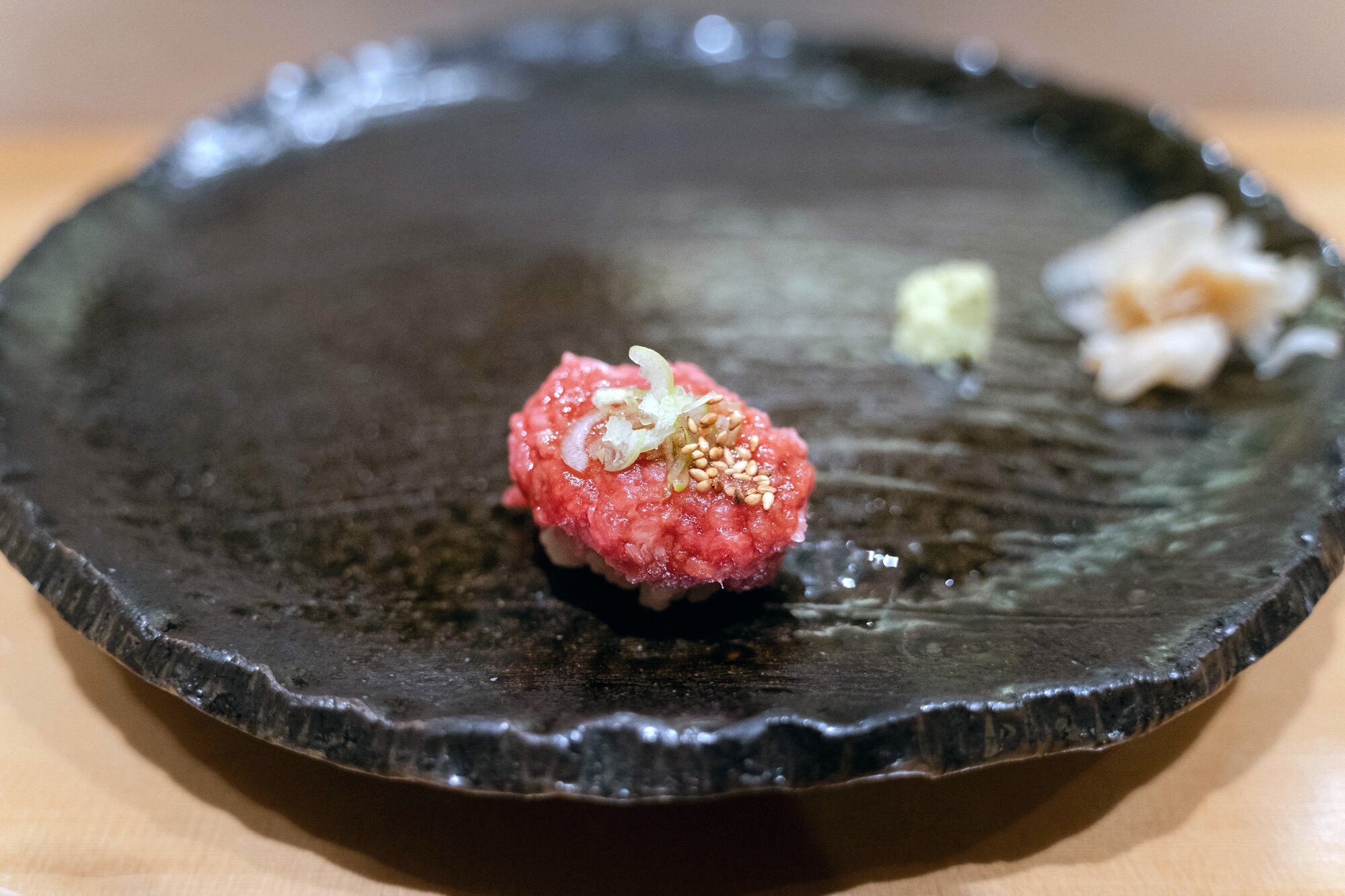

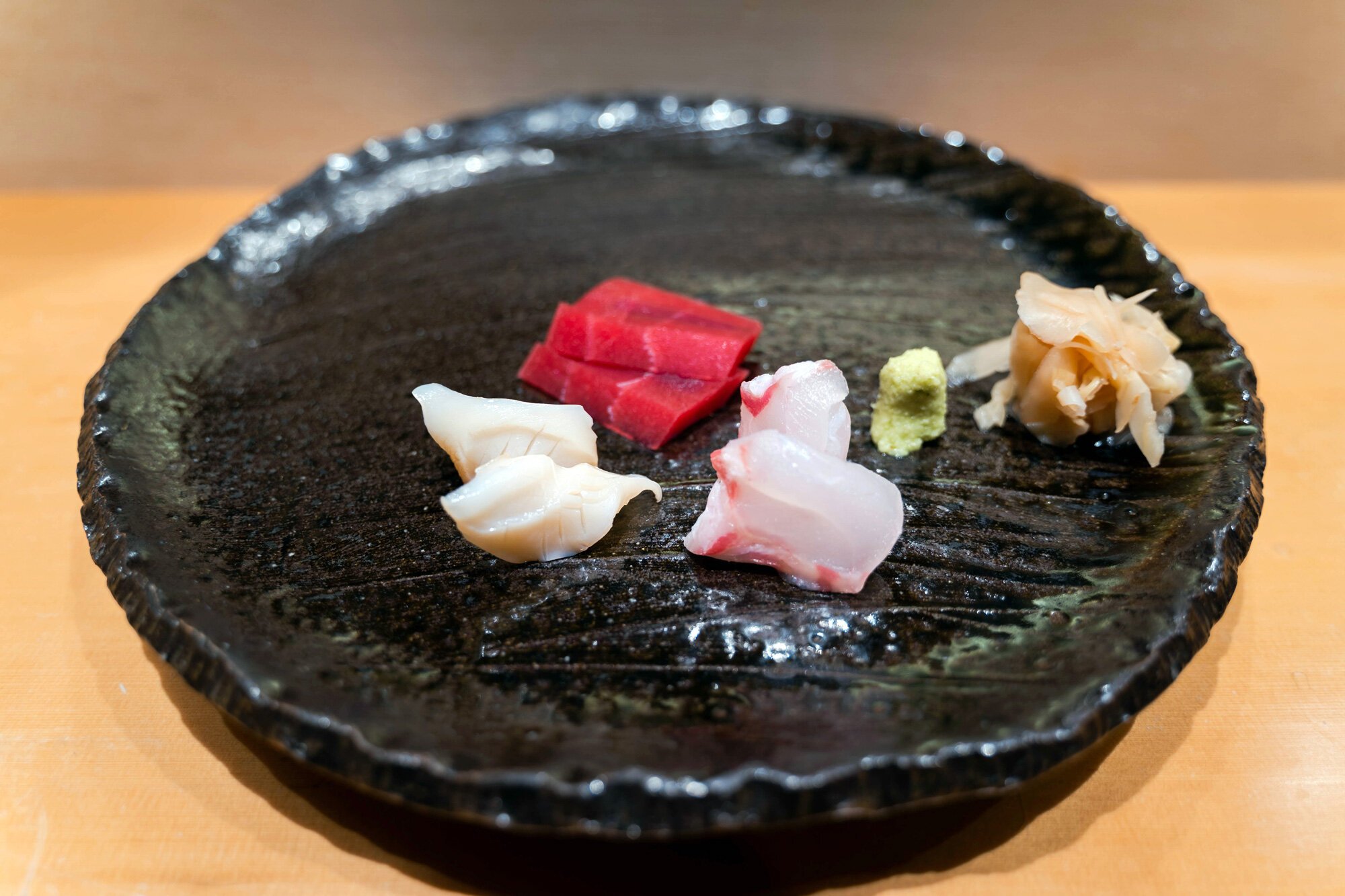
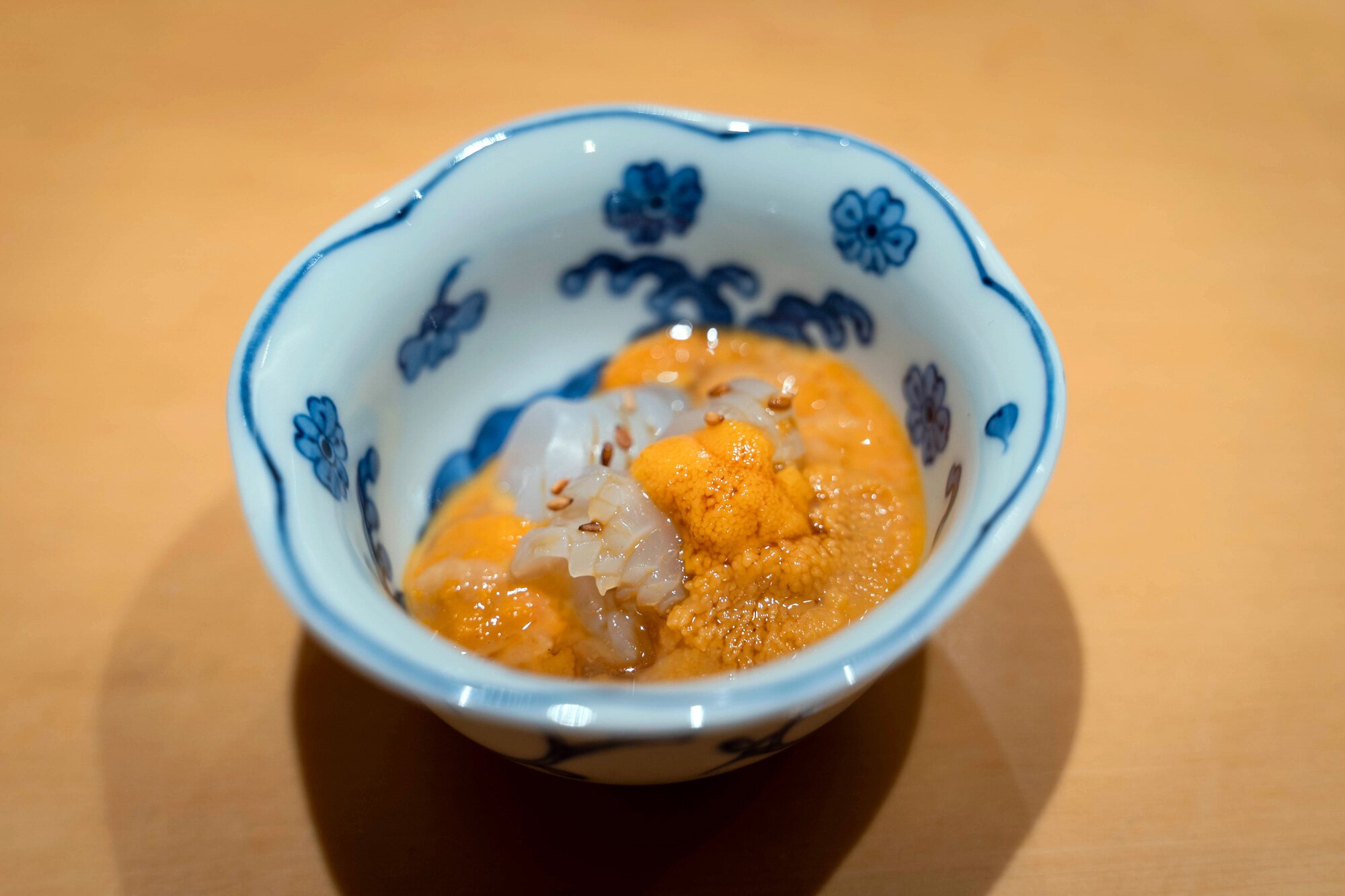
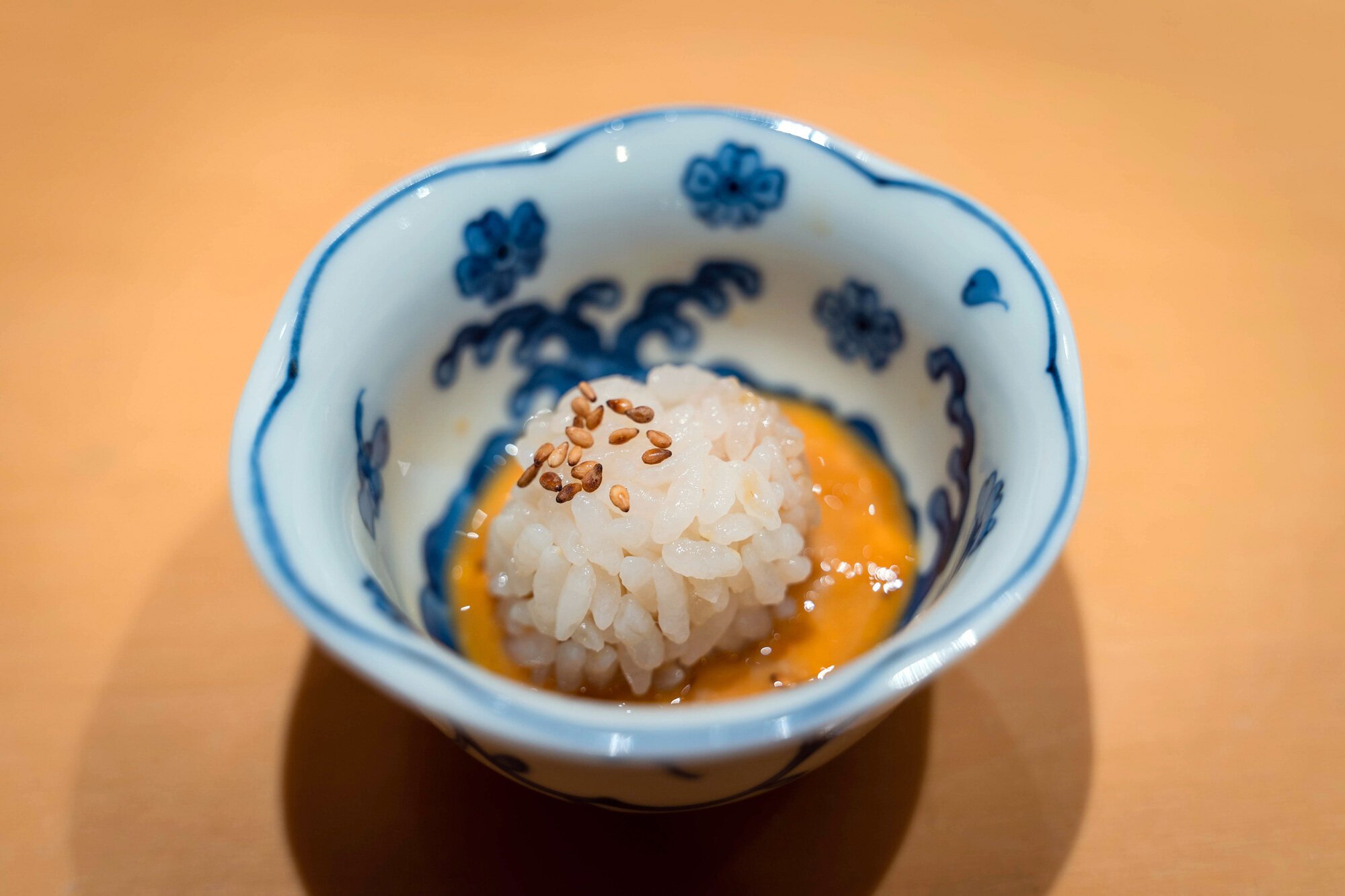
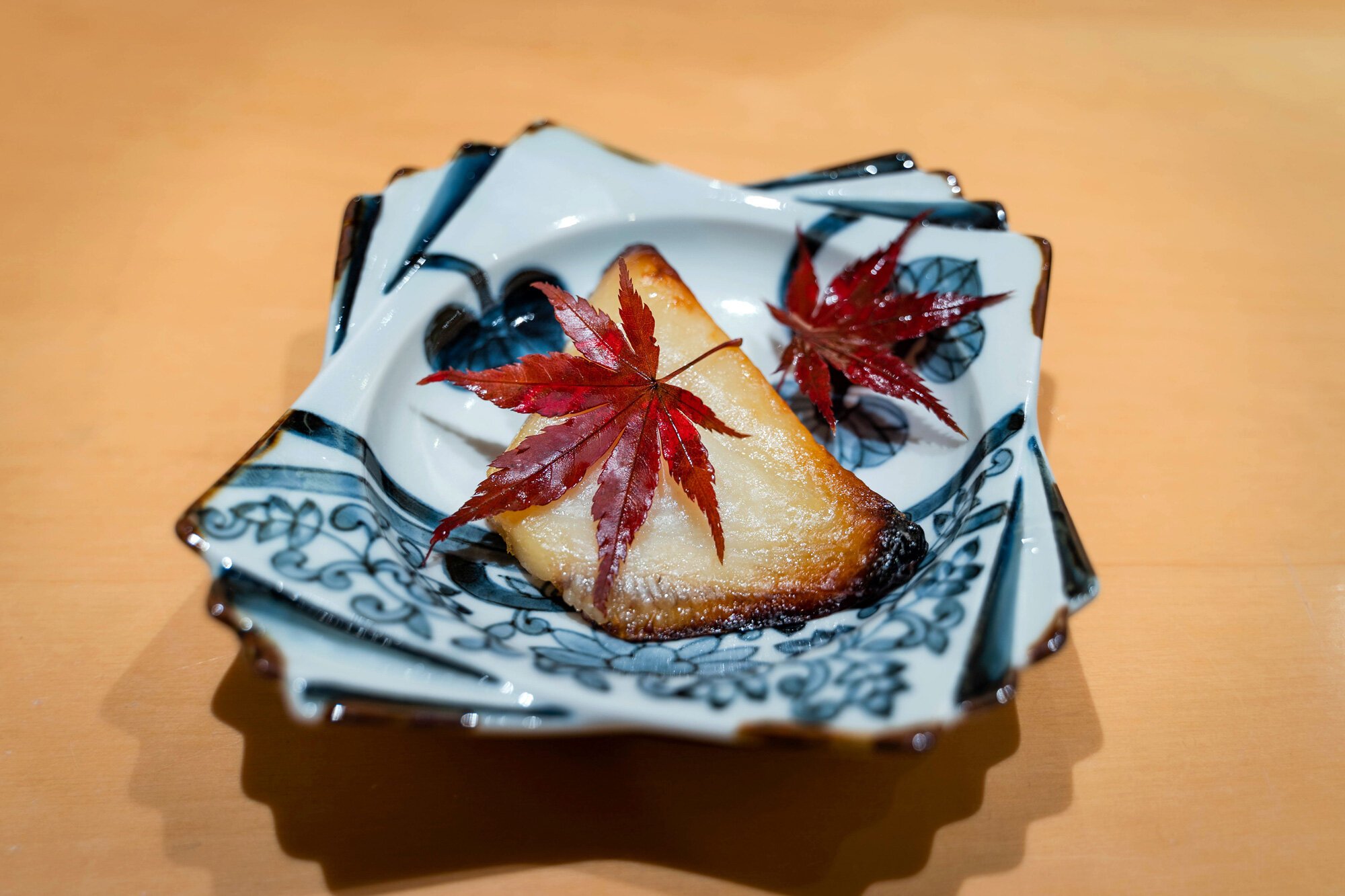
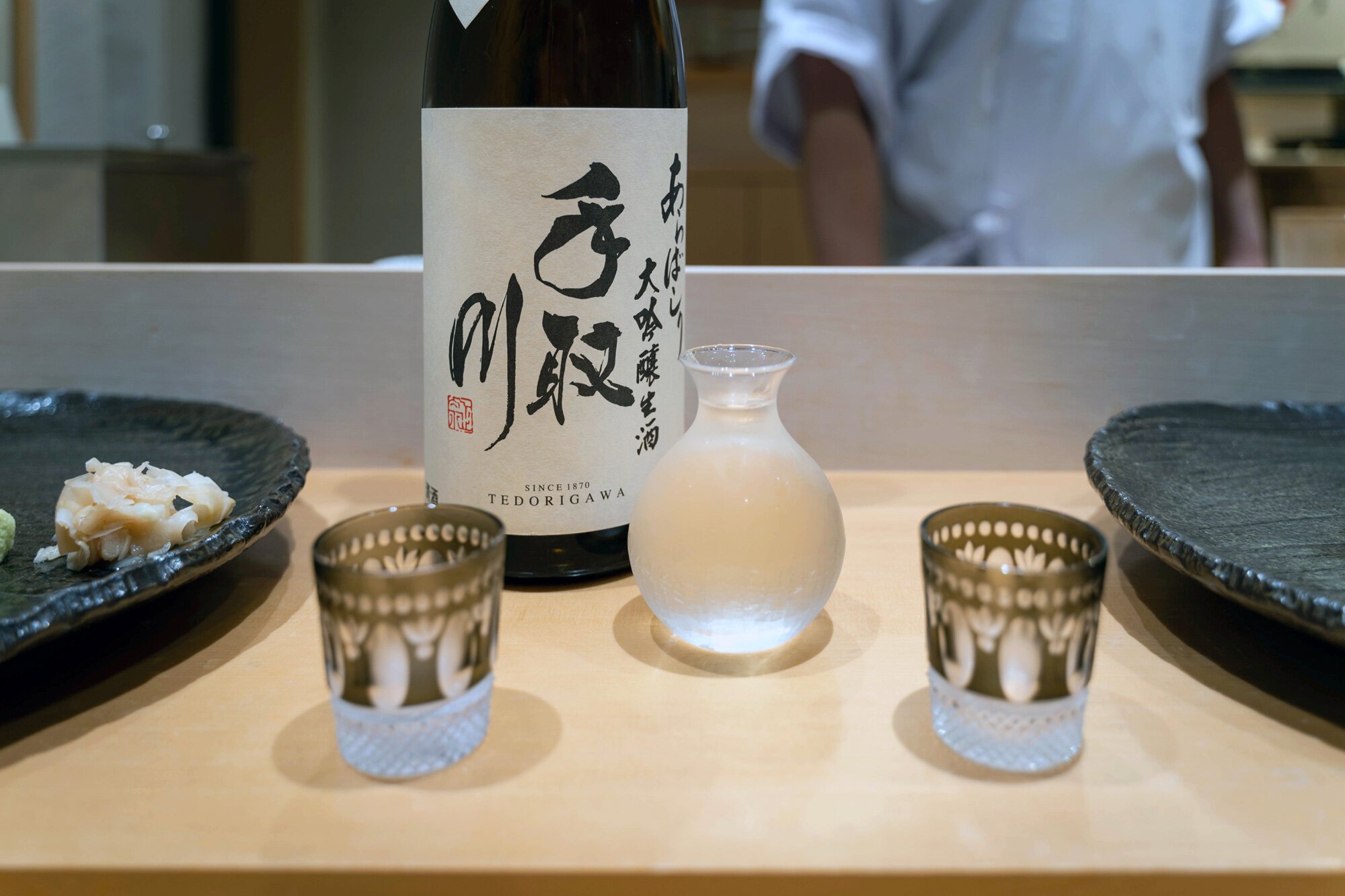
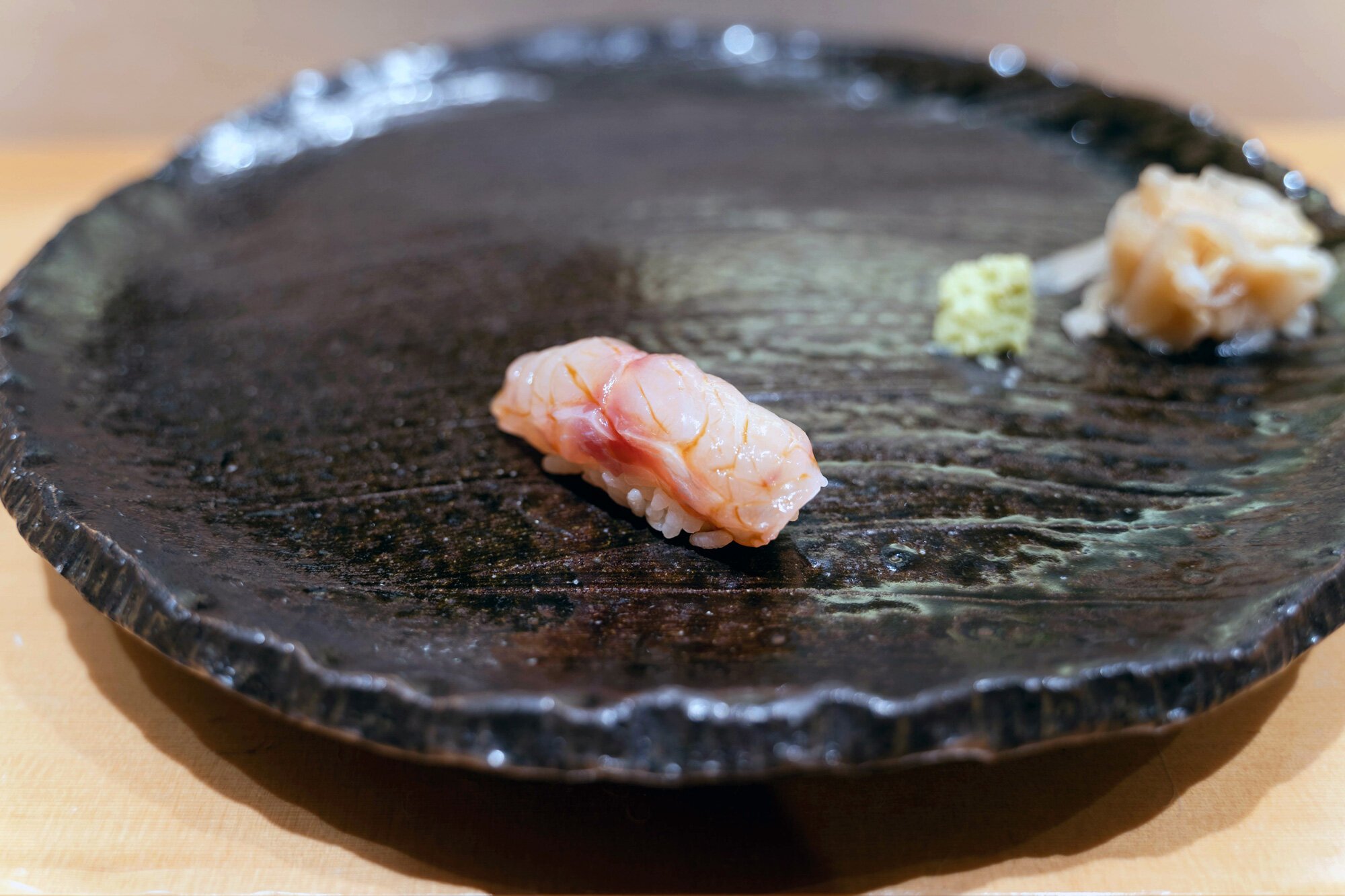

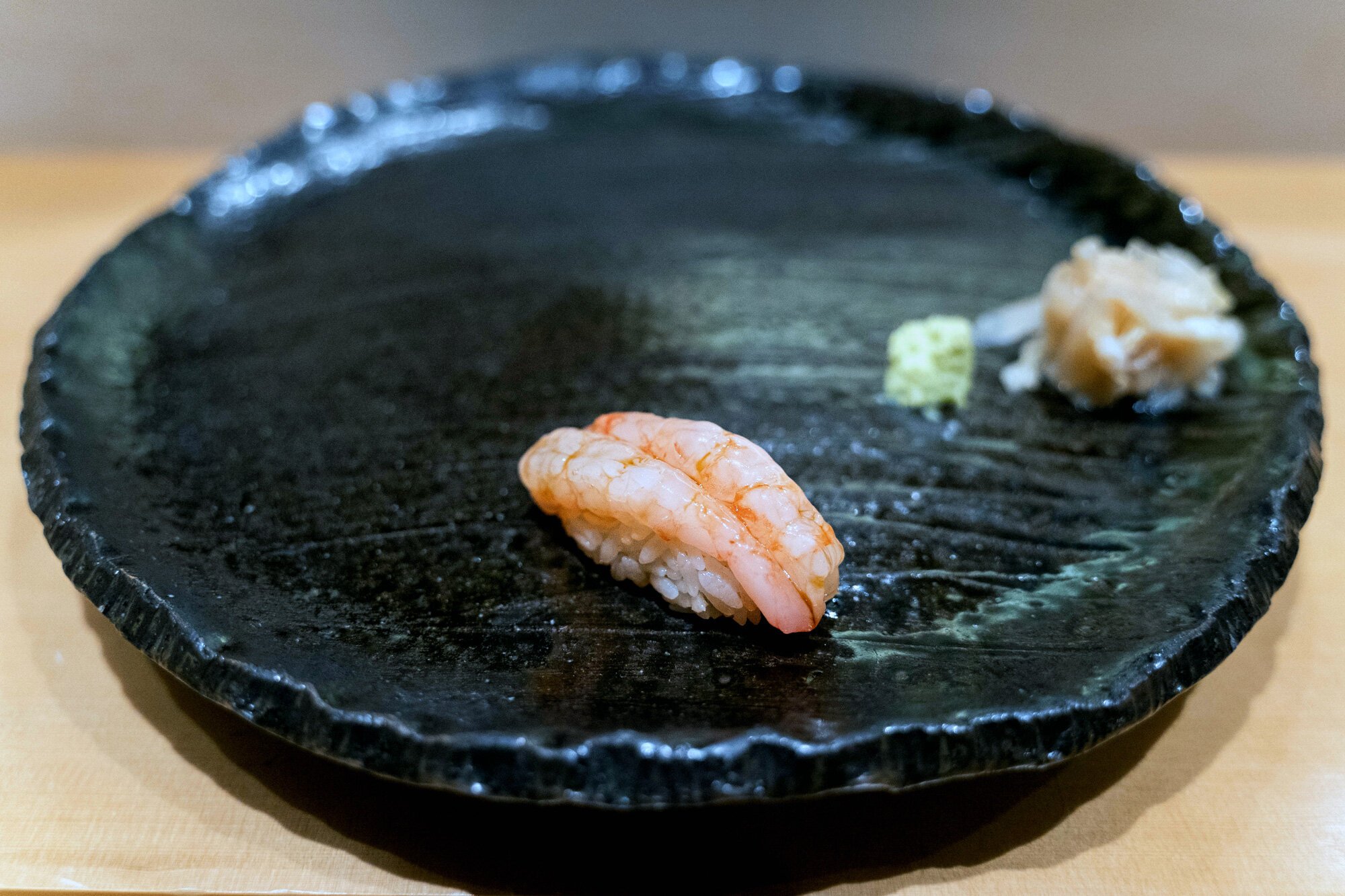
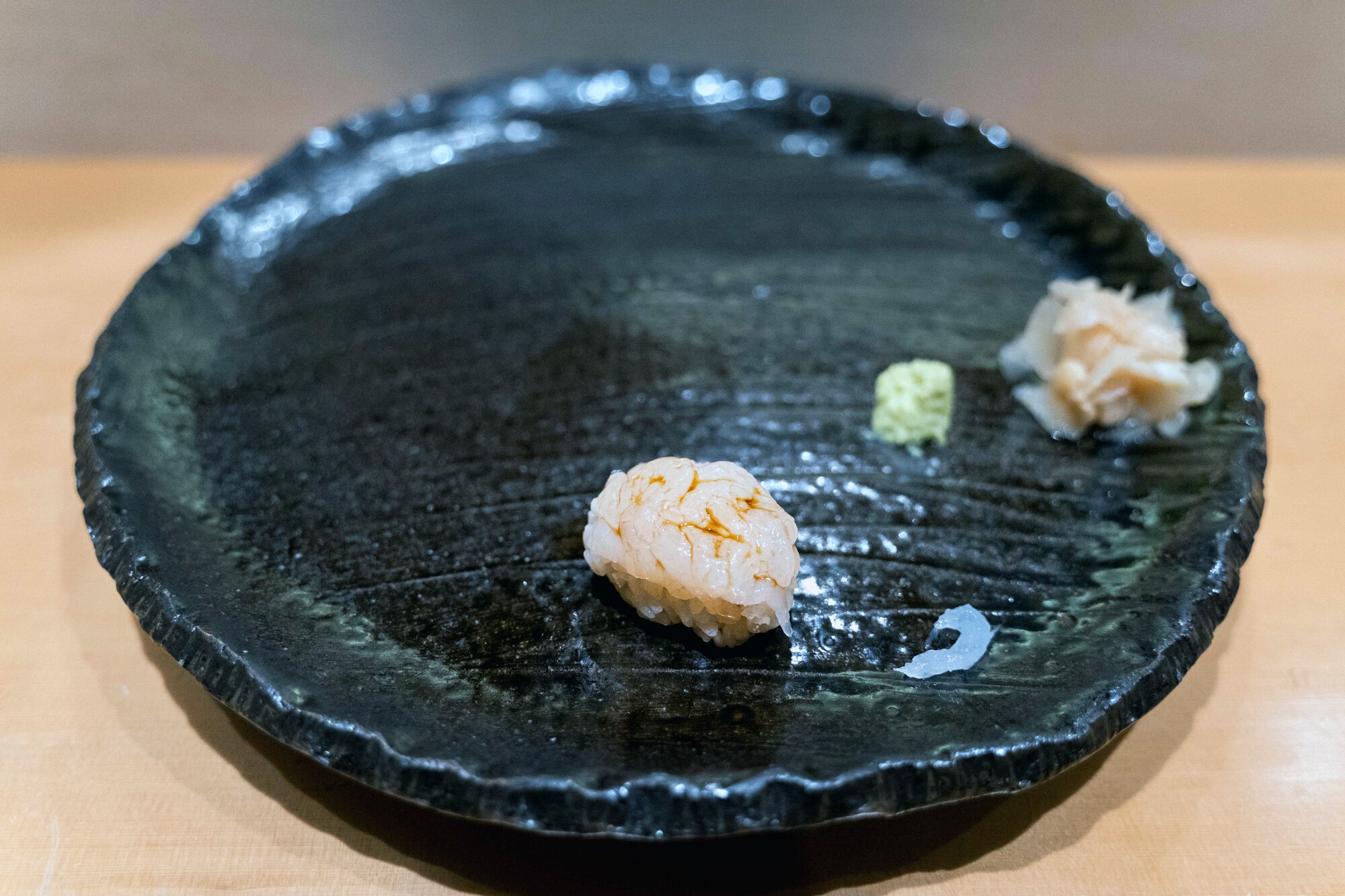
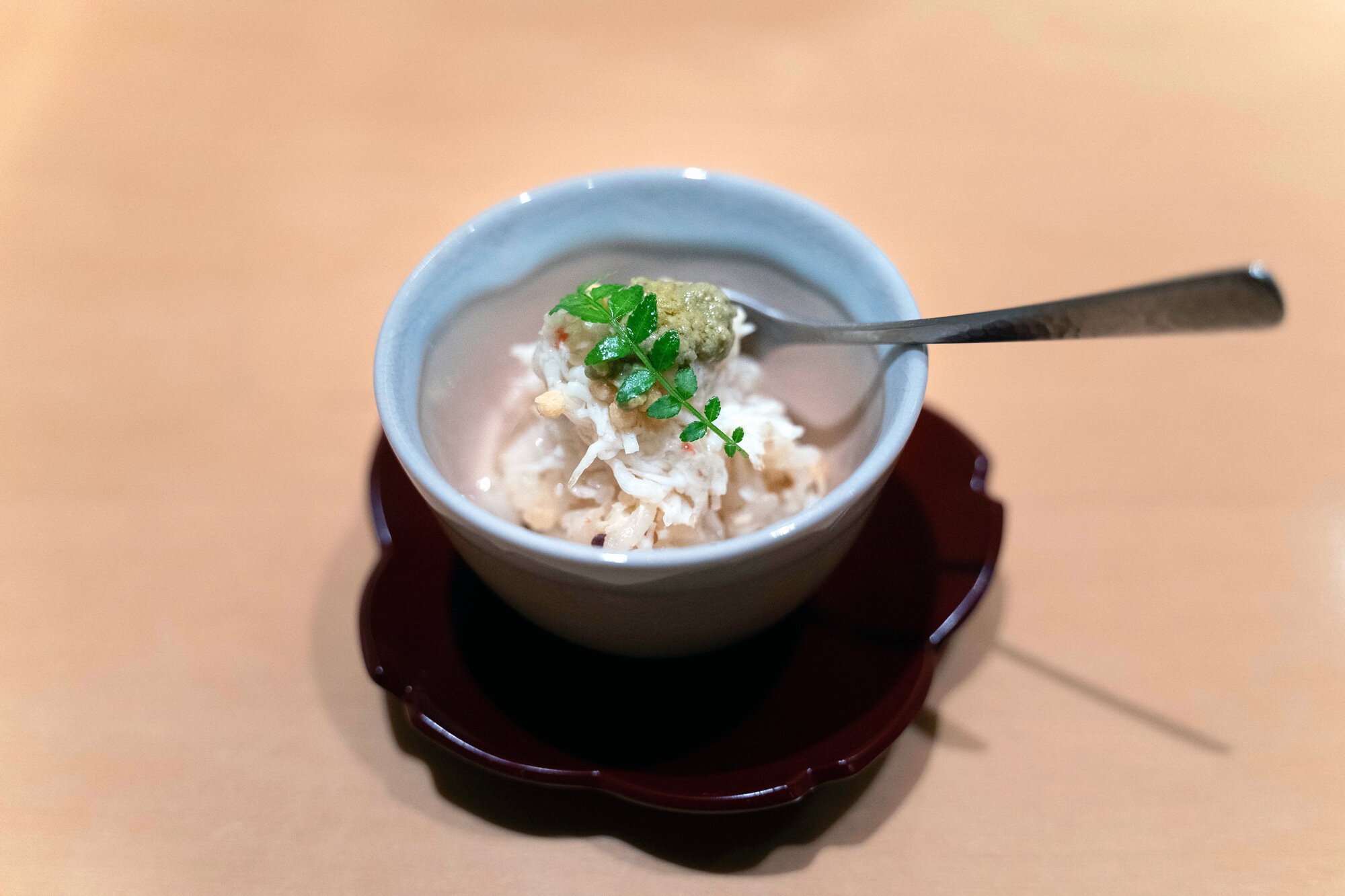
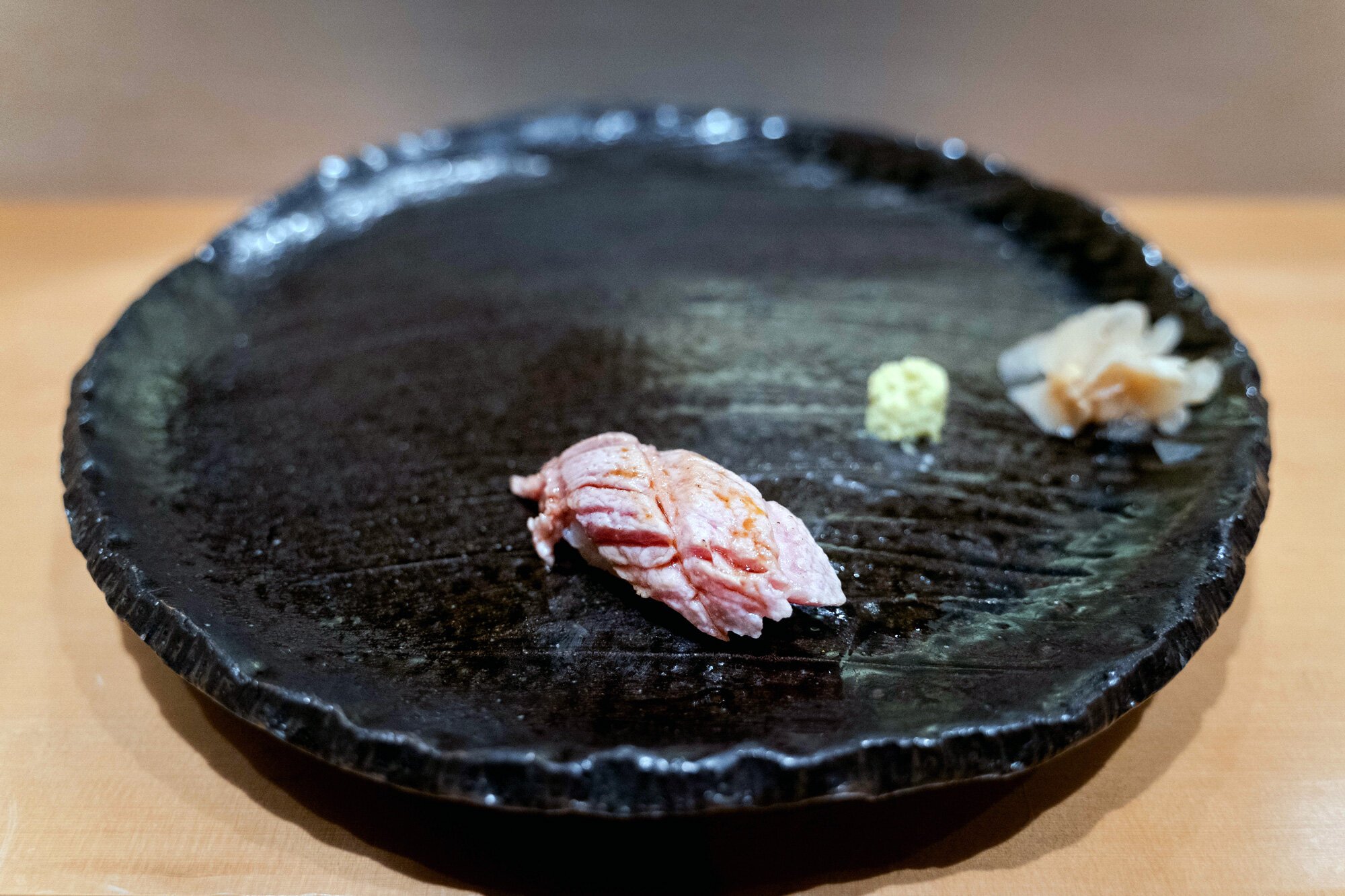
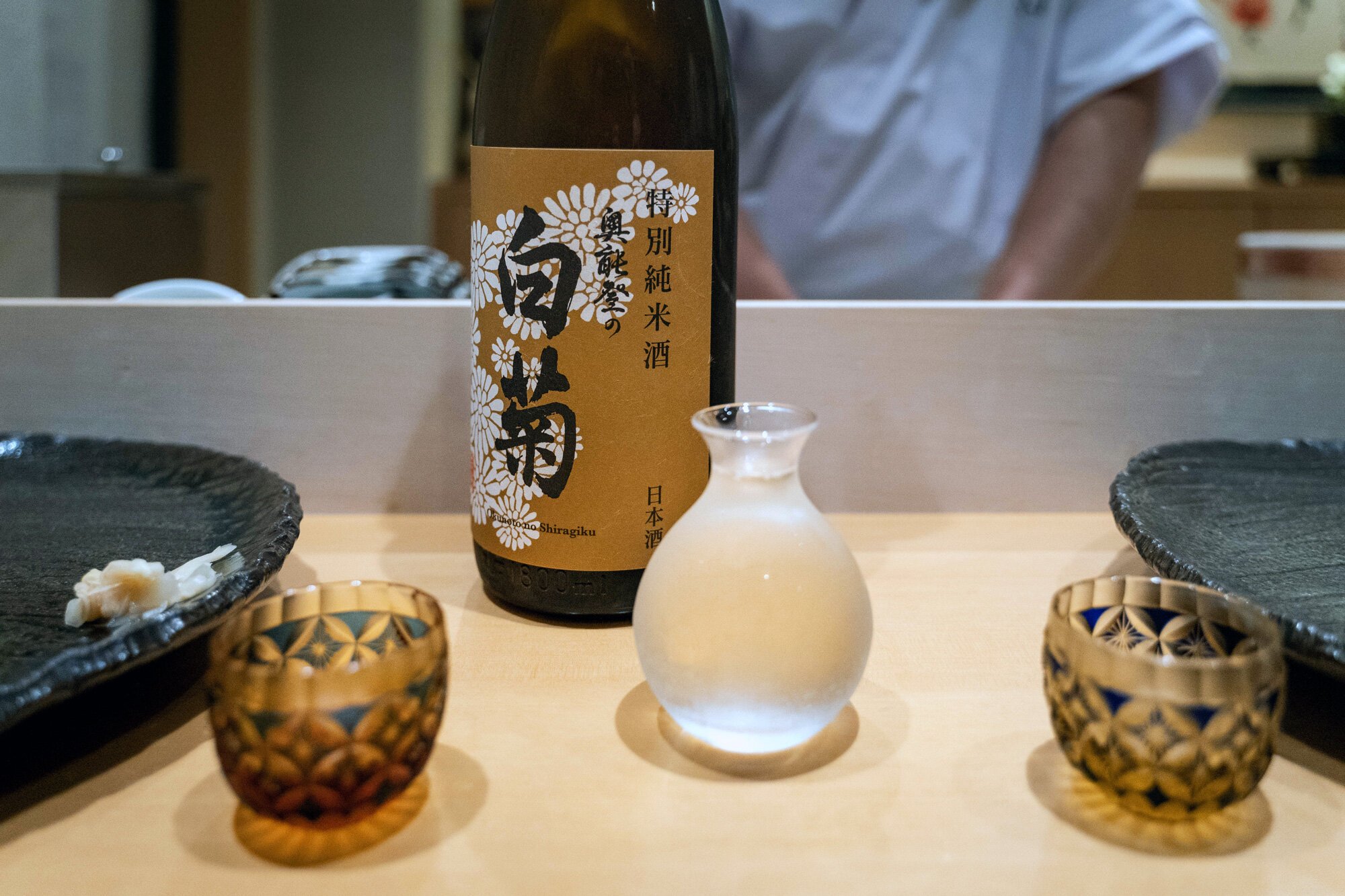
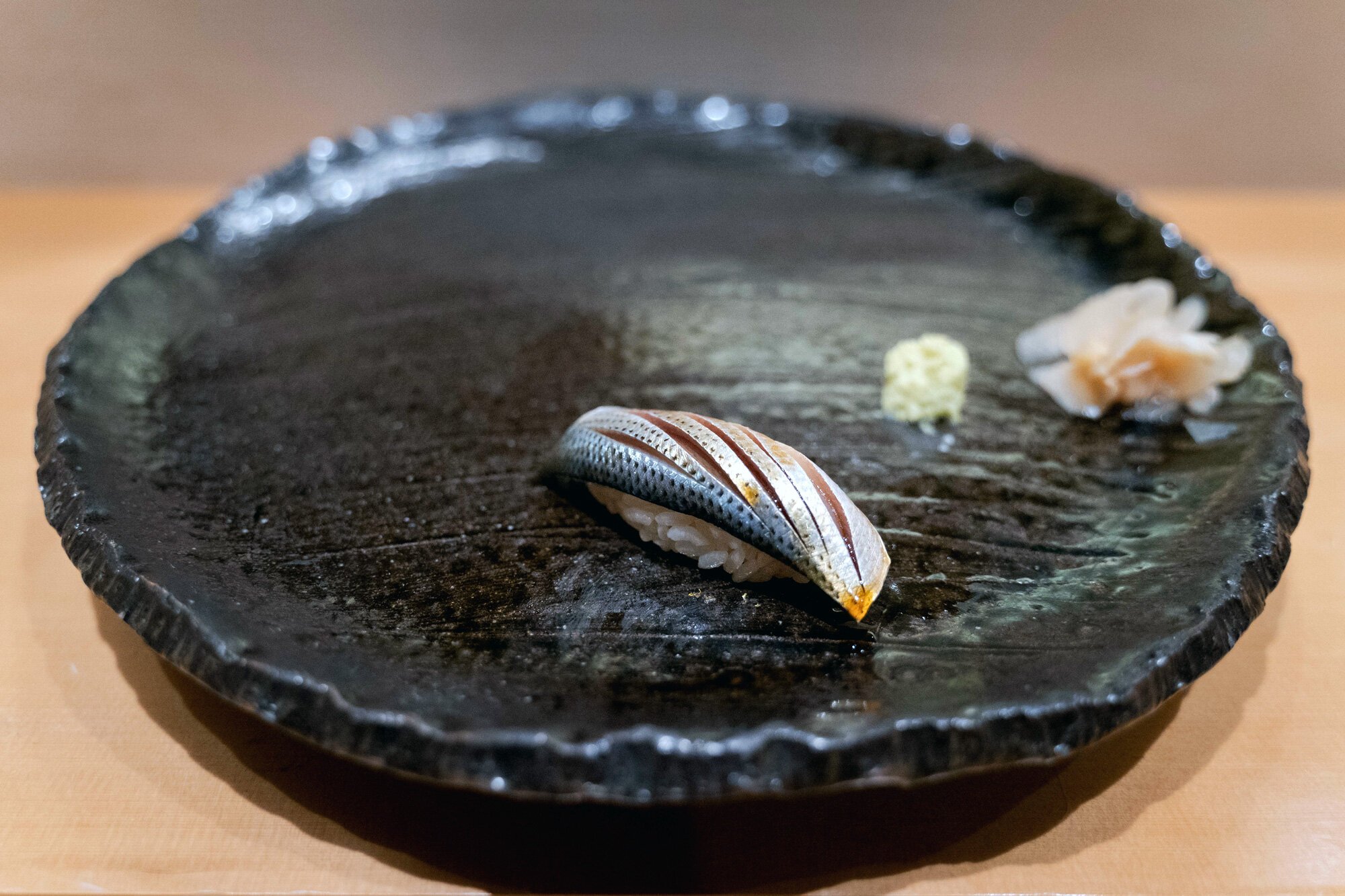
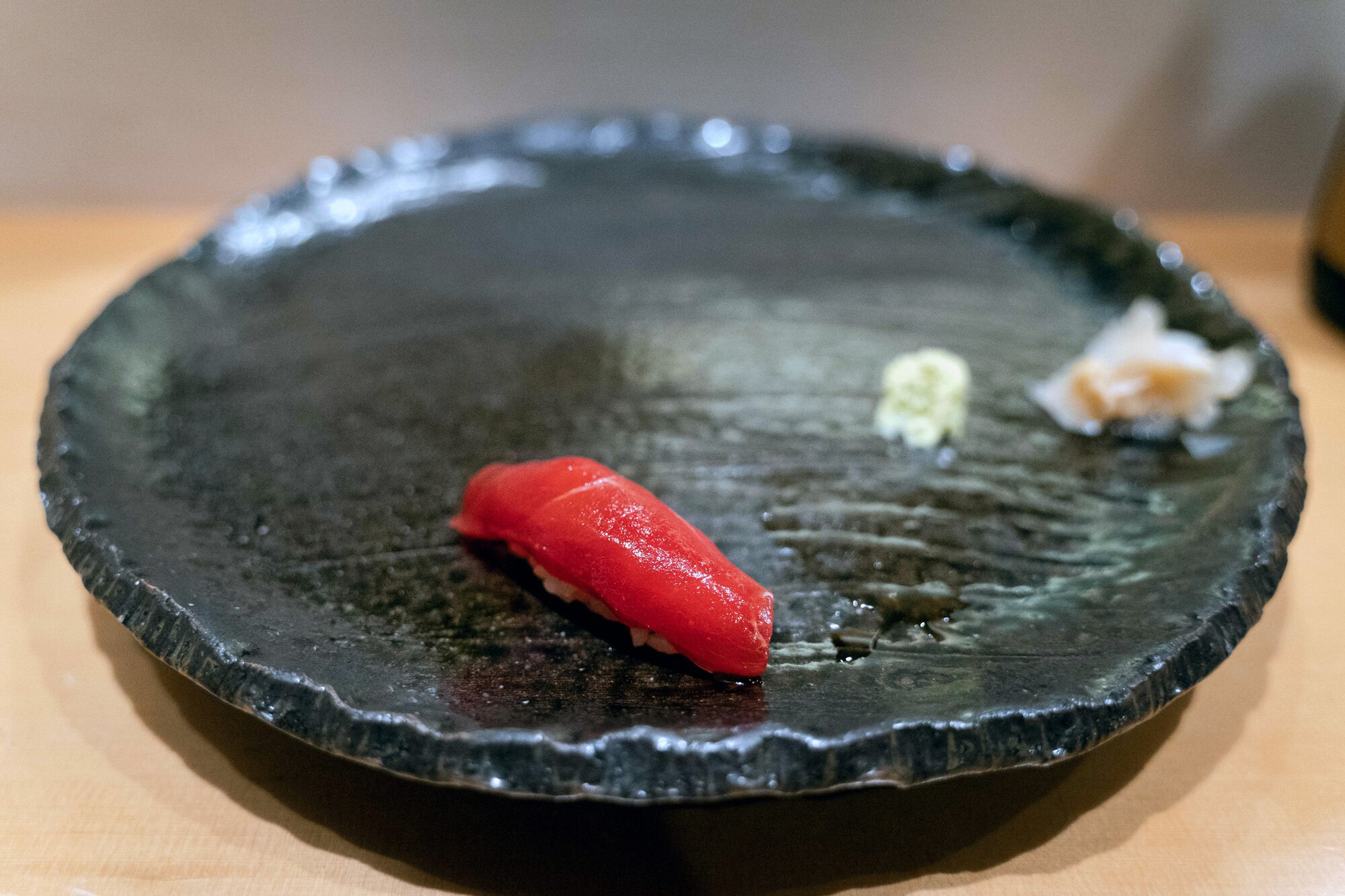
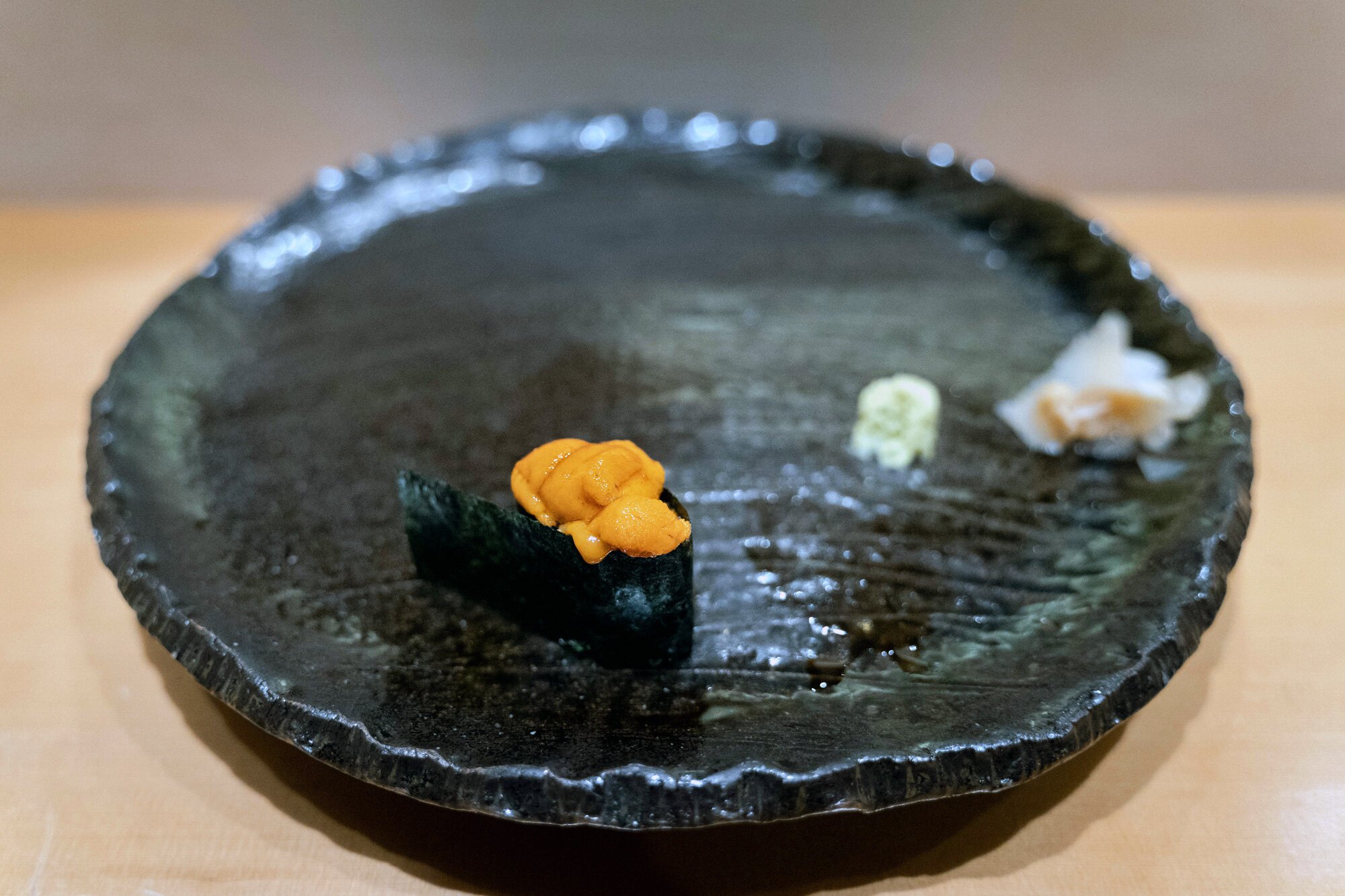
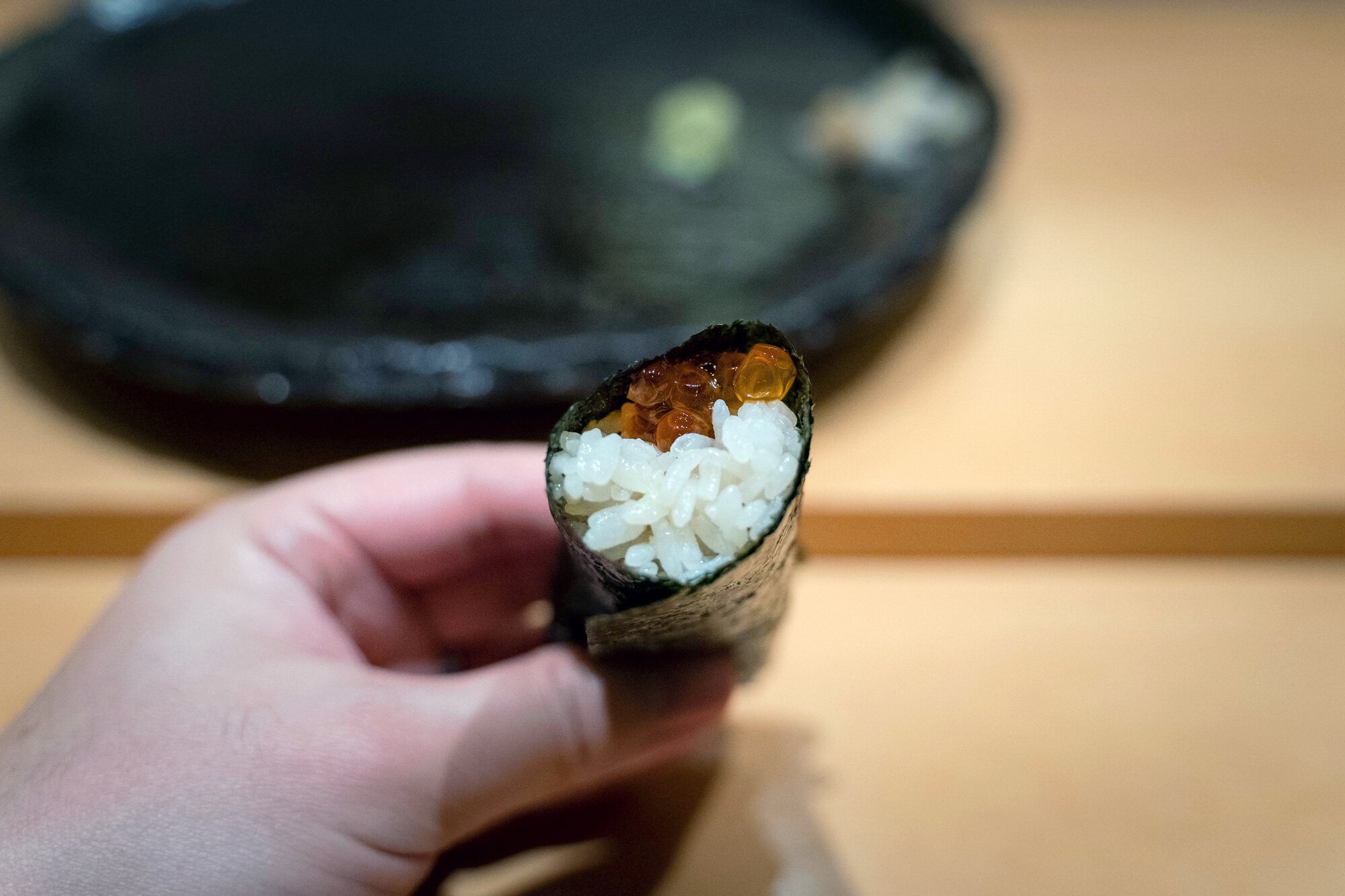
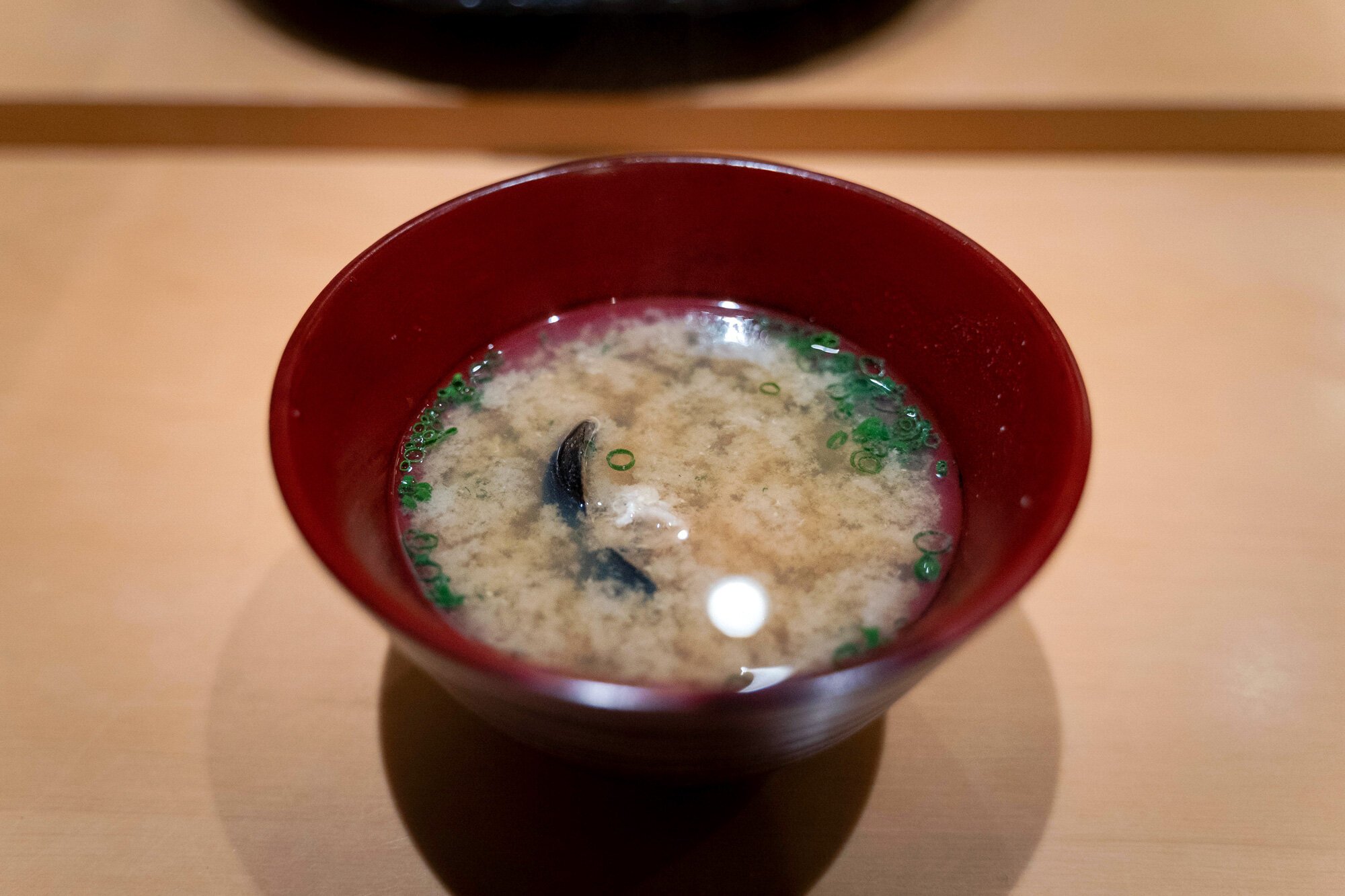
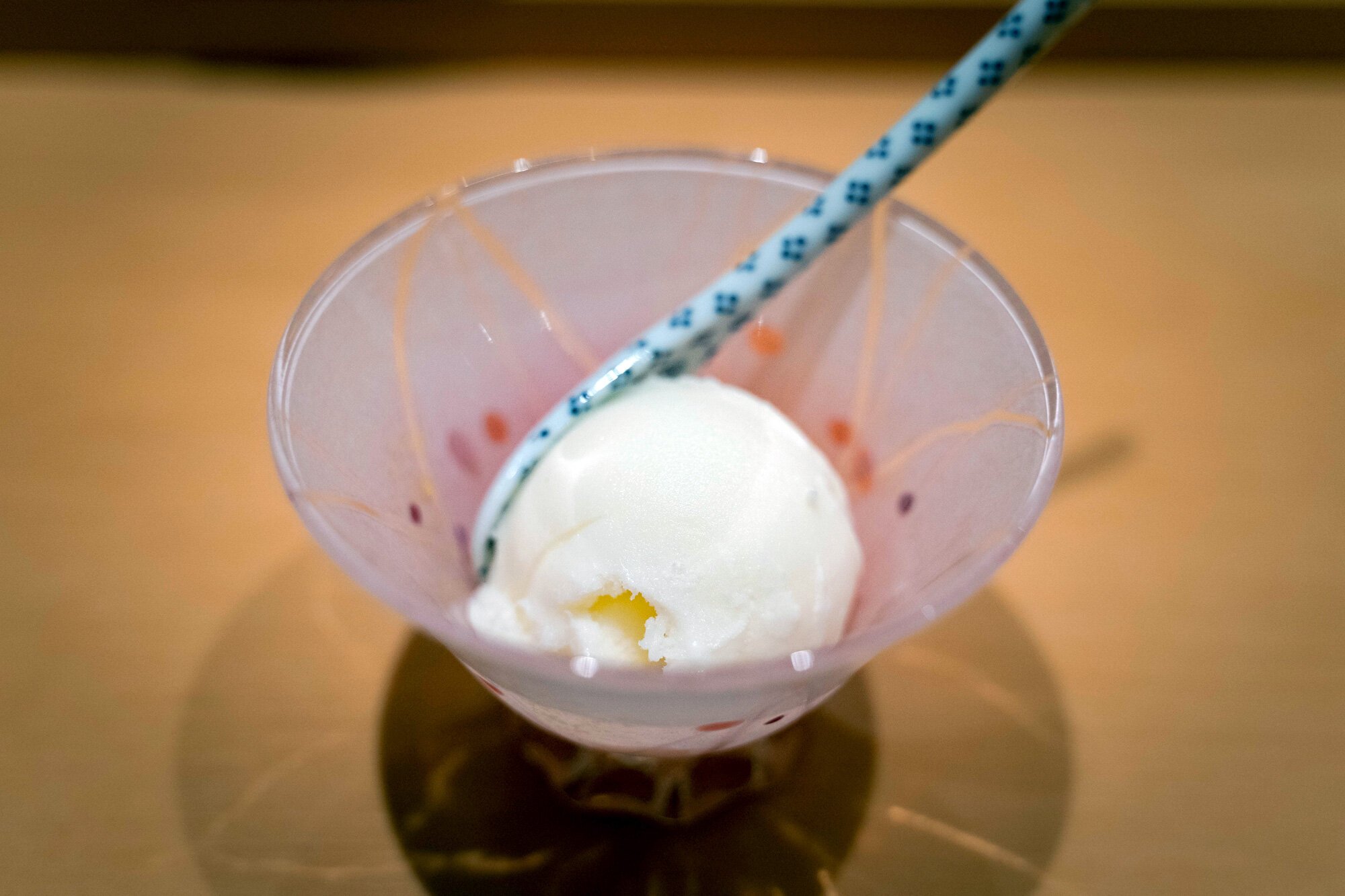
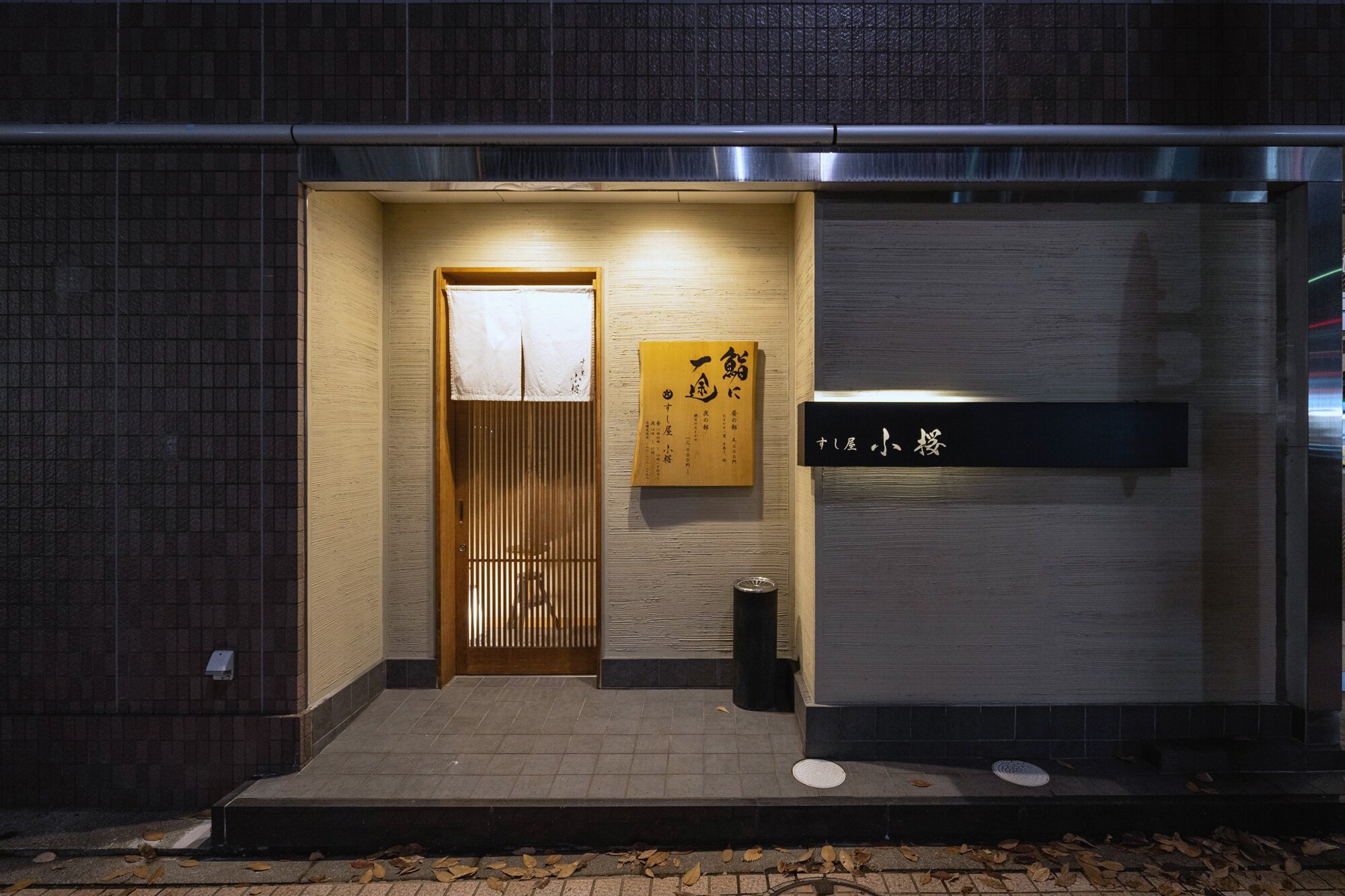
Rated a popular sushi bar by Japanese food review app Retty, Kozakura is an intimate omakase restaurant with 6 seats. It can be booked up quite far in advance, but luckily we were able to get a reservation.
While the chef doesn’t speak English, he is quite friendly and is very skilled at his craft. Needless to say, all of the dishes were delicious, especially the anago nigiri sushi that I wasn’t able to take a pic of due to it needing to be eaten quickly right off his hand.
There’s also a good selection of nihonshu (sake), including ones made in the prefecture. A very good meal.
MAP
Turban Curry
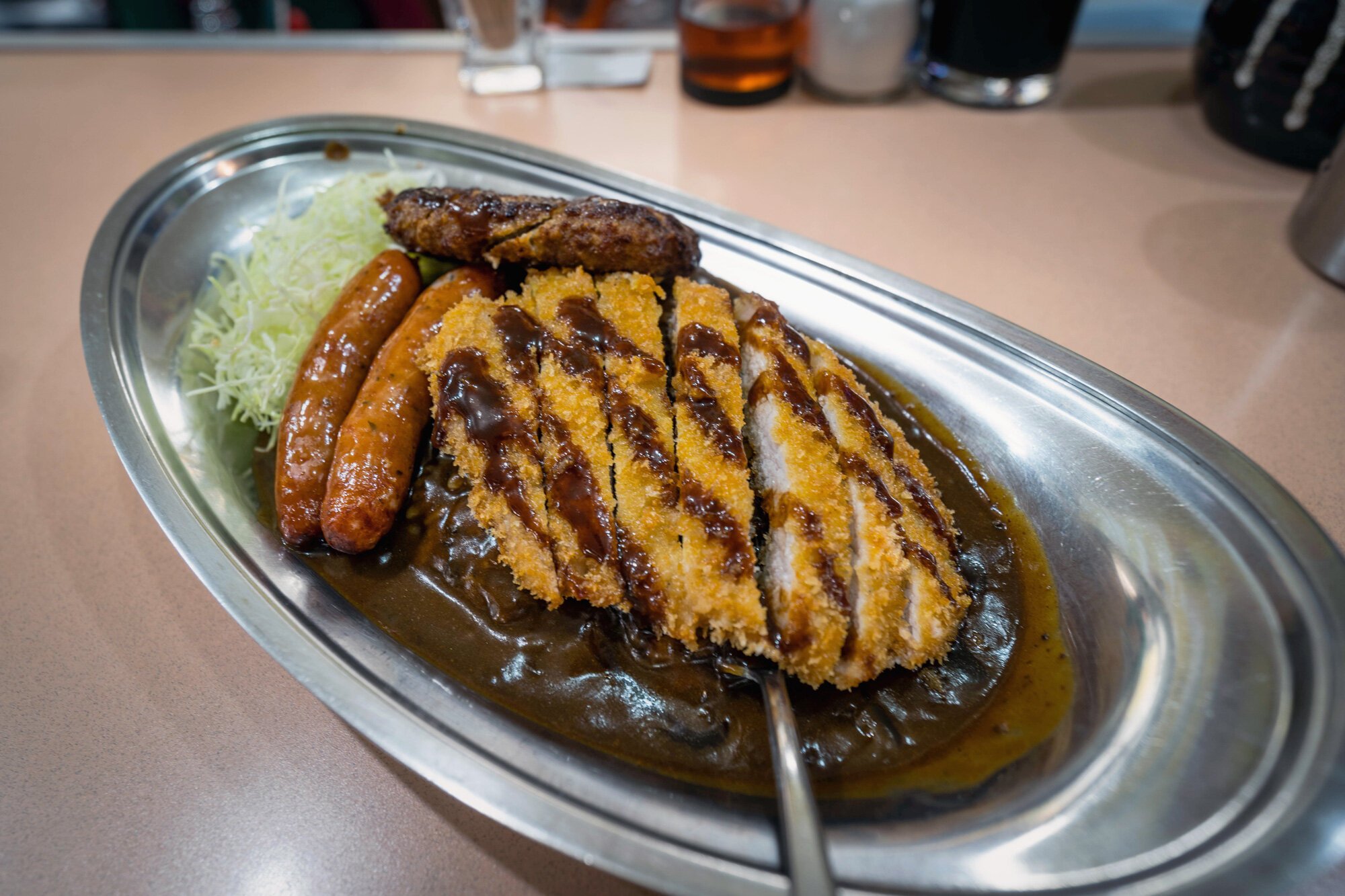
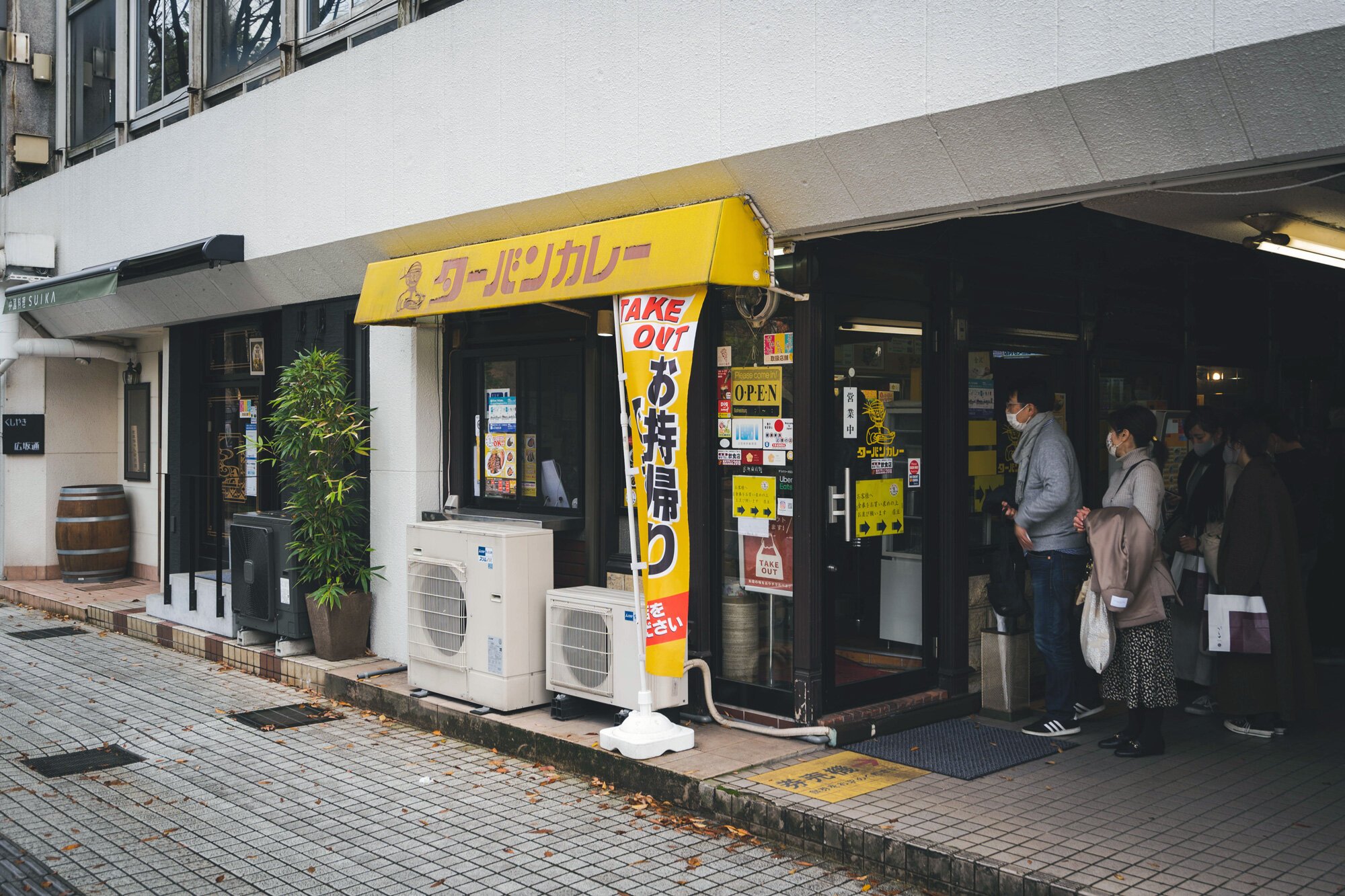
Curry is famous in Kanazawa and the area has its own style. It’s often darker, served on a stainless steel dish and topped with tonkatsu.
Turban Curry is one of the main curry spots and it originated right in Kanazawa in 1971. The L-Set (which I recommend) comes with tonkatsu, 2 sausages and a hamburger patty over white rice.
While it’s not the best curry ever or anything like that, it is really good and deeply satisfying - I recommend it.
Menya Taiga
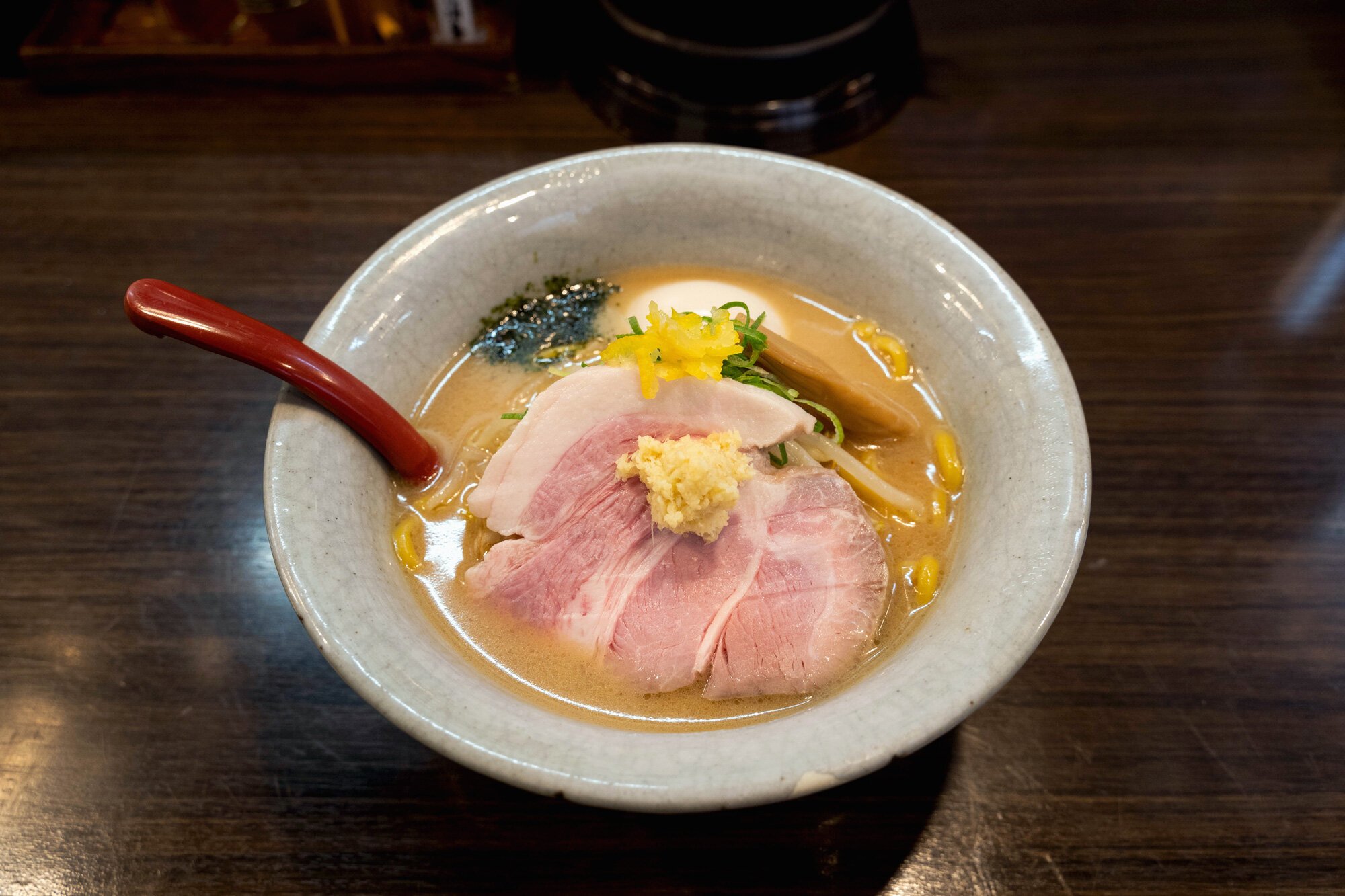
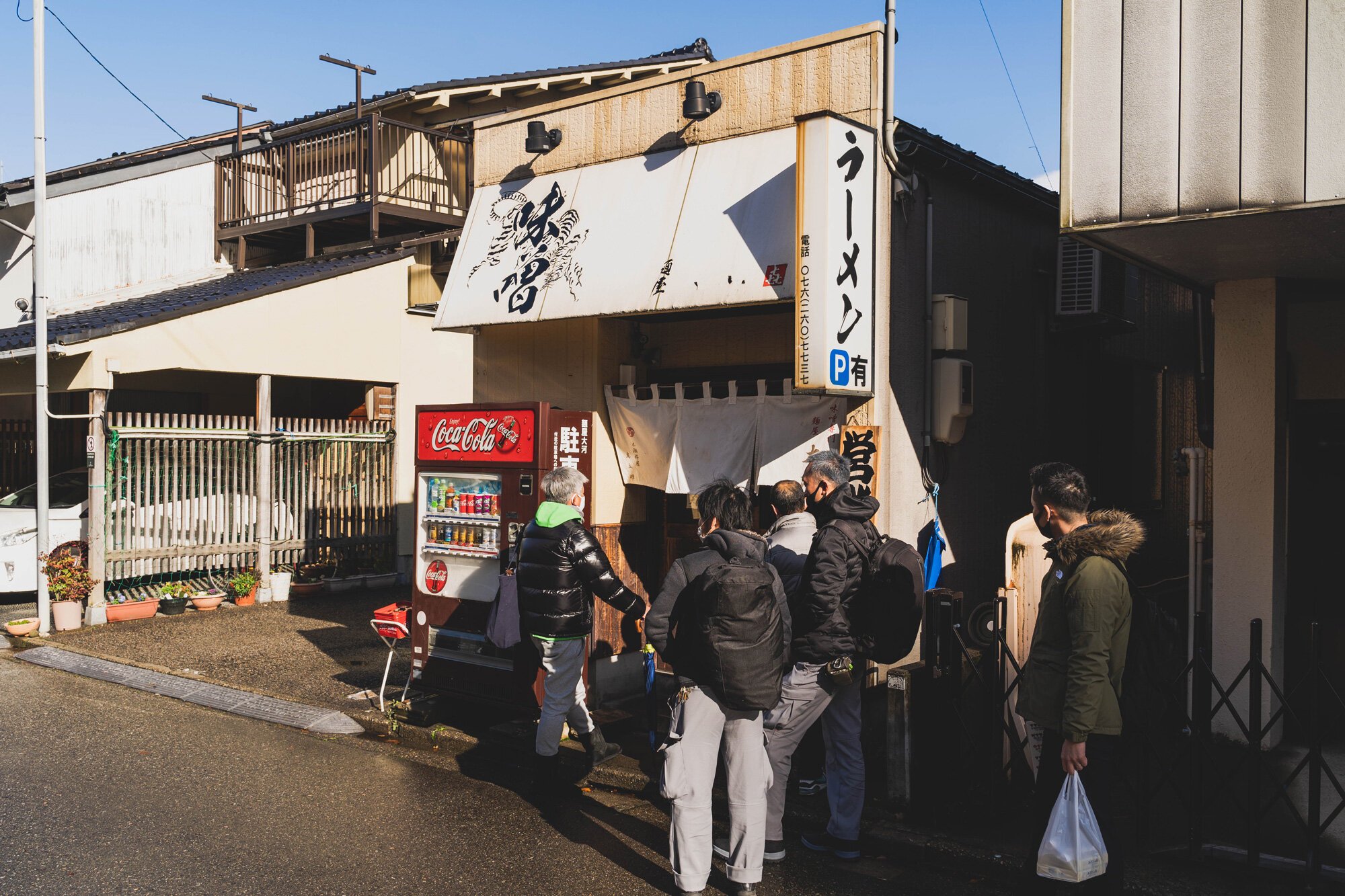
Eating the local ramen is one of the great things to do when traveling around Japan. Kanazawa doesn’t really have their own unique style, but Menya Taiga is consistently recommended as the standout ramen shop in the city and is rated as a very popular ramen shop on Japanese review app Retty.
And yes, it’s really good. The soup is miso-based with noodles on the thicker side. It comes with a generously thick piece of meat, ginger and yuzu citrus. The staff is friendly and unlike most ramen shops, they take card. It’s just a short walk from Kanazawa Station and makes for a great lunch.
MAP
Fumuro-ya
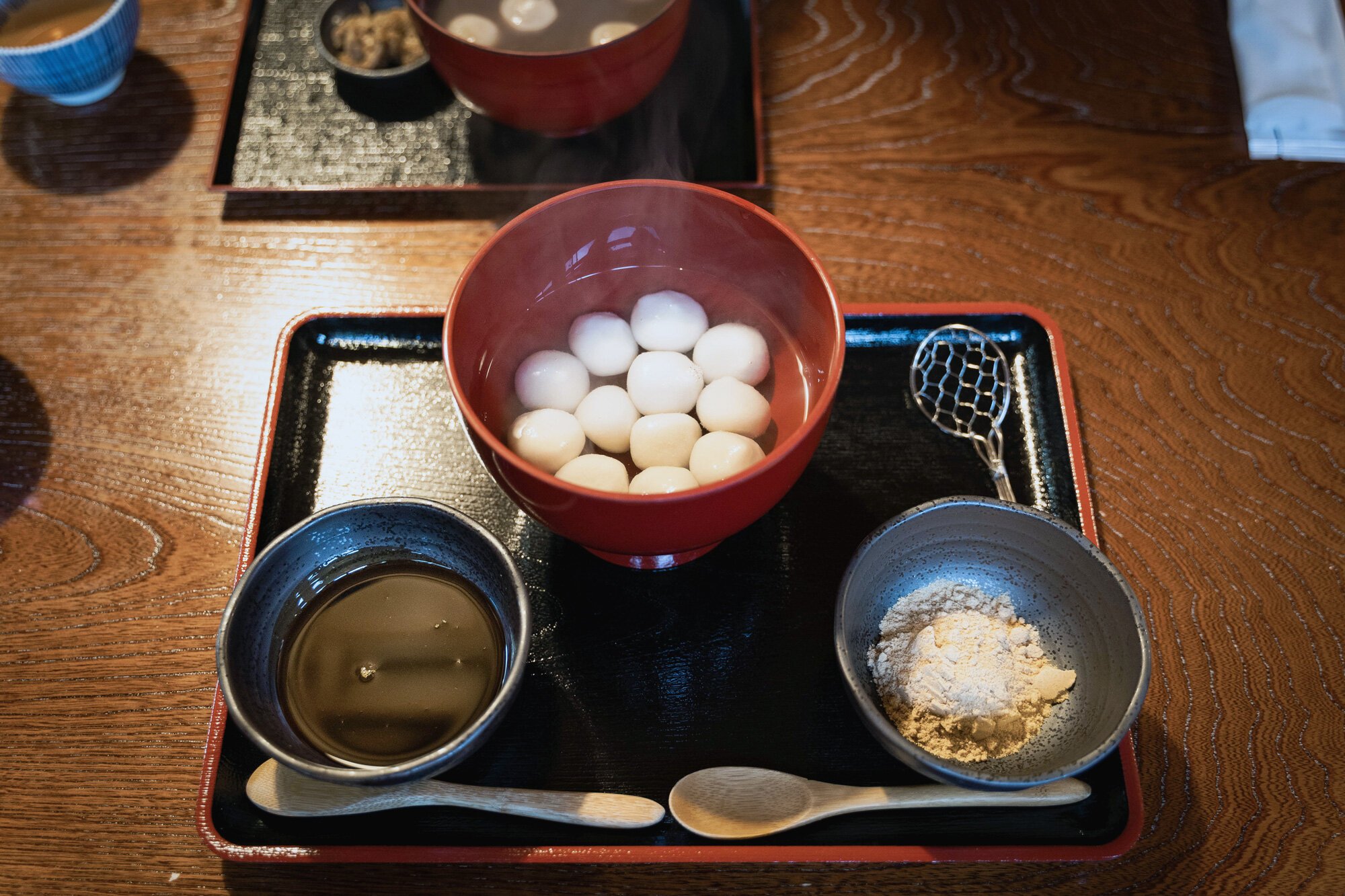
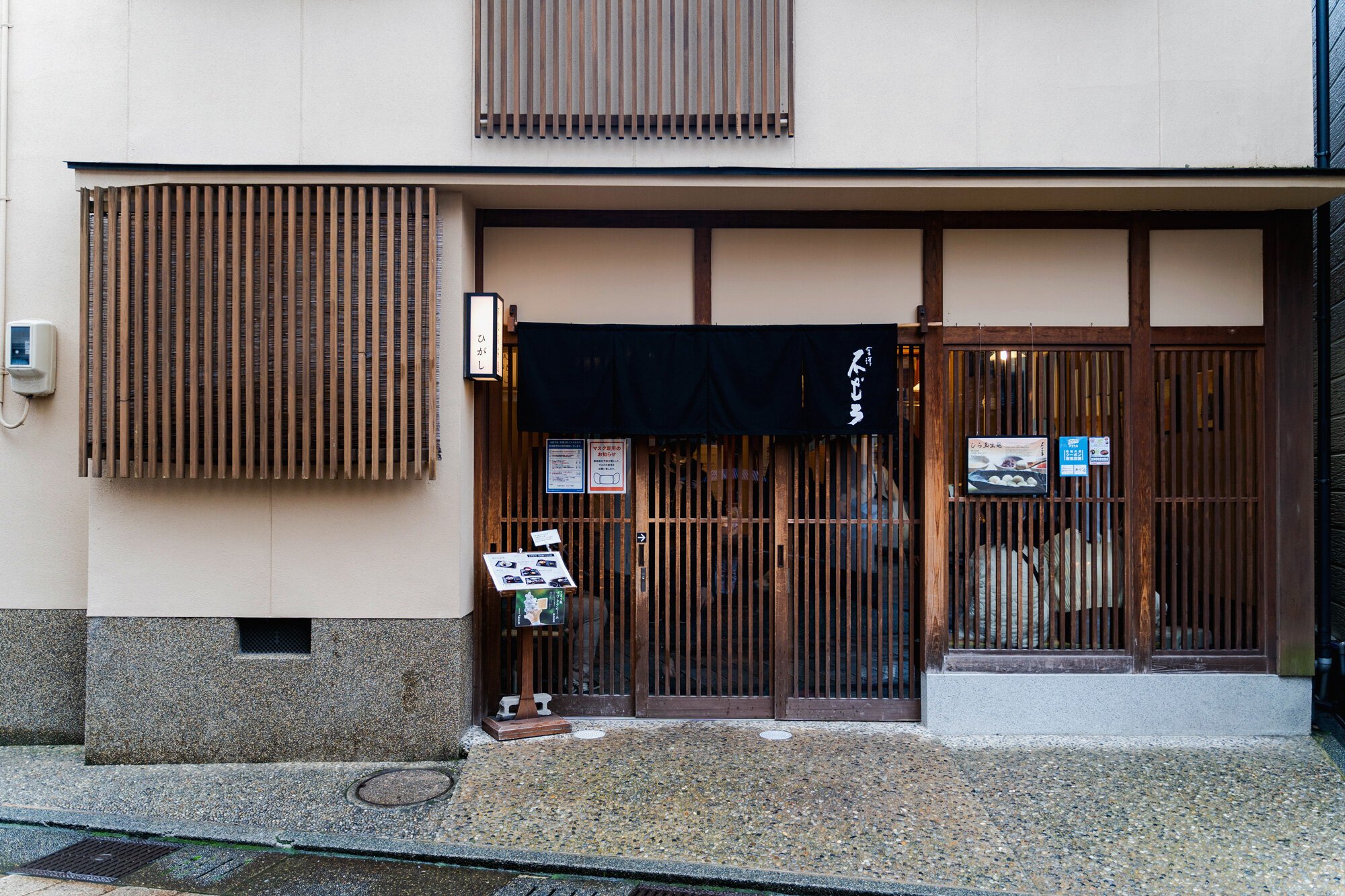
What’s better than to eat at a Japanese tea shop while in a place like Higashi Chayagai. Fumuro-ya is just that, and is a tea shop from the area that specializes in fu.
Fu is a wheat-gluten food that’s made in several different ways. It often has a slightly chewy texture to it. The set that I ordered consisted of hot fu that you dip one by one into black sugar and roll it in kinako powder.
The cafe itself is more traditional where you sit on a tatami floor. Nice place to take a rest while exploring the area.














Visiting the Furano area of Hokkaido in the summer, a popular tourist destination for Japanese